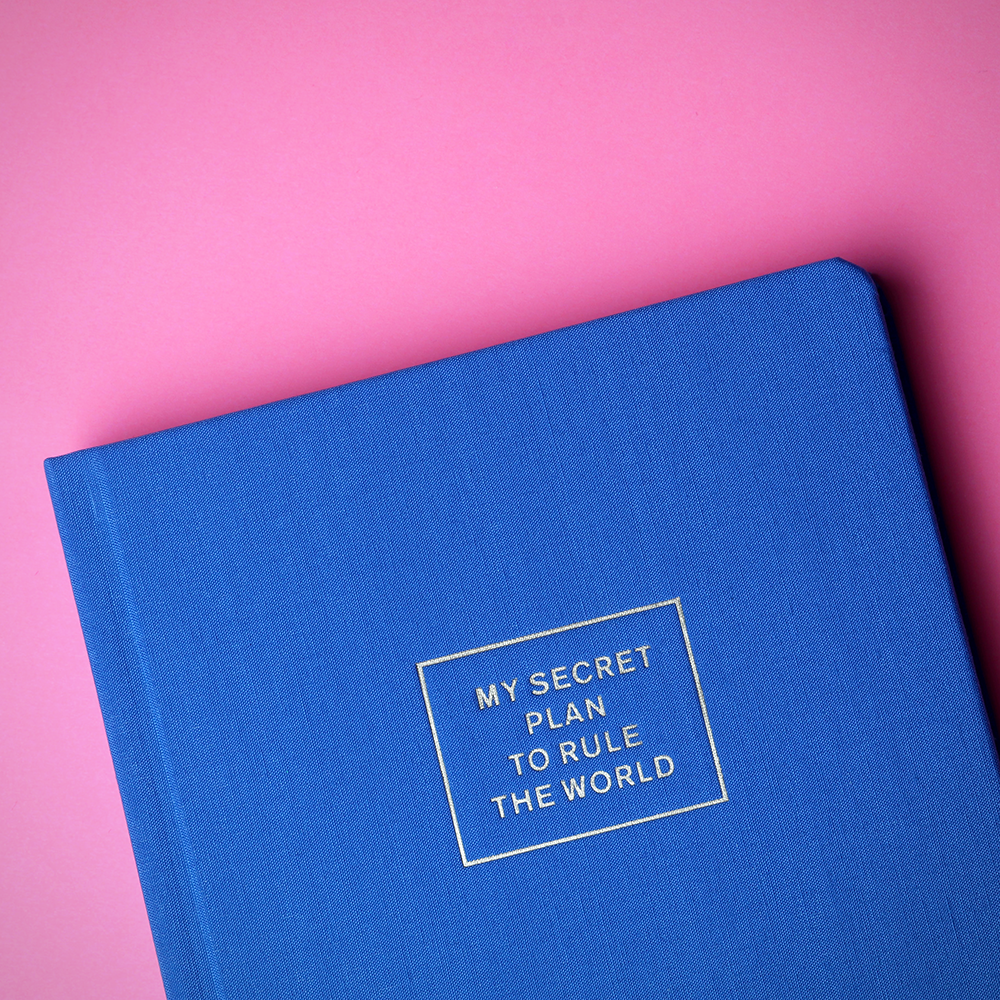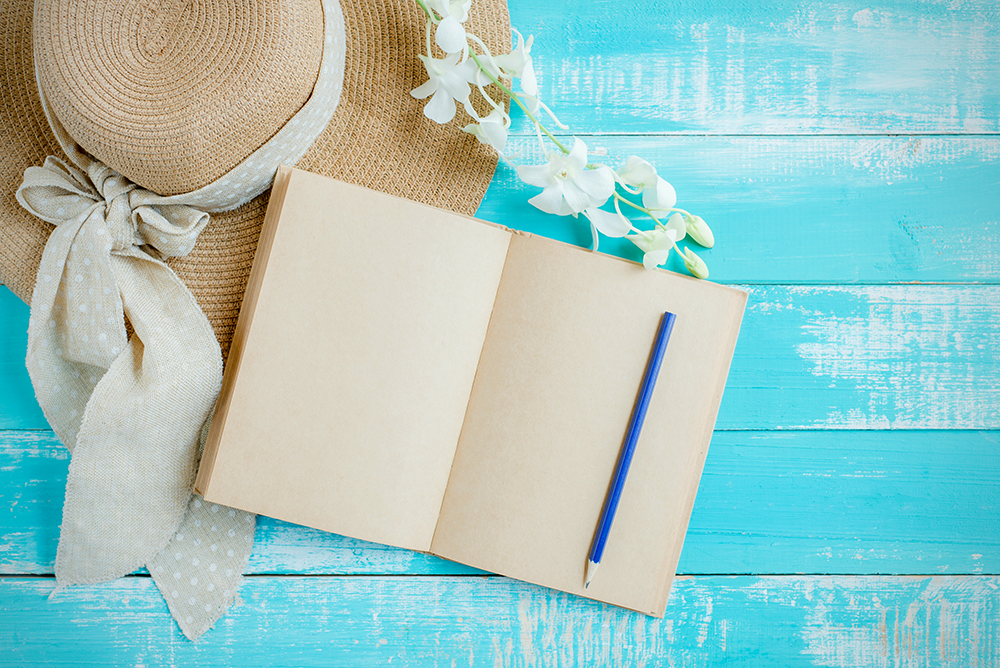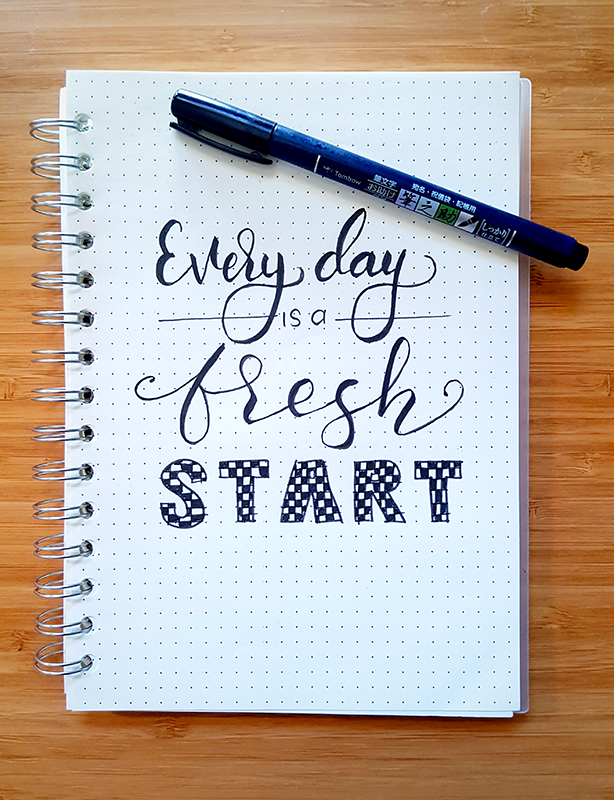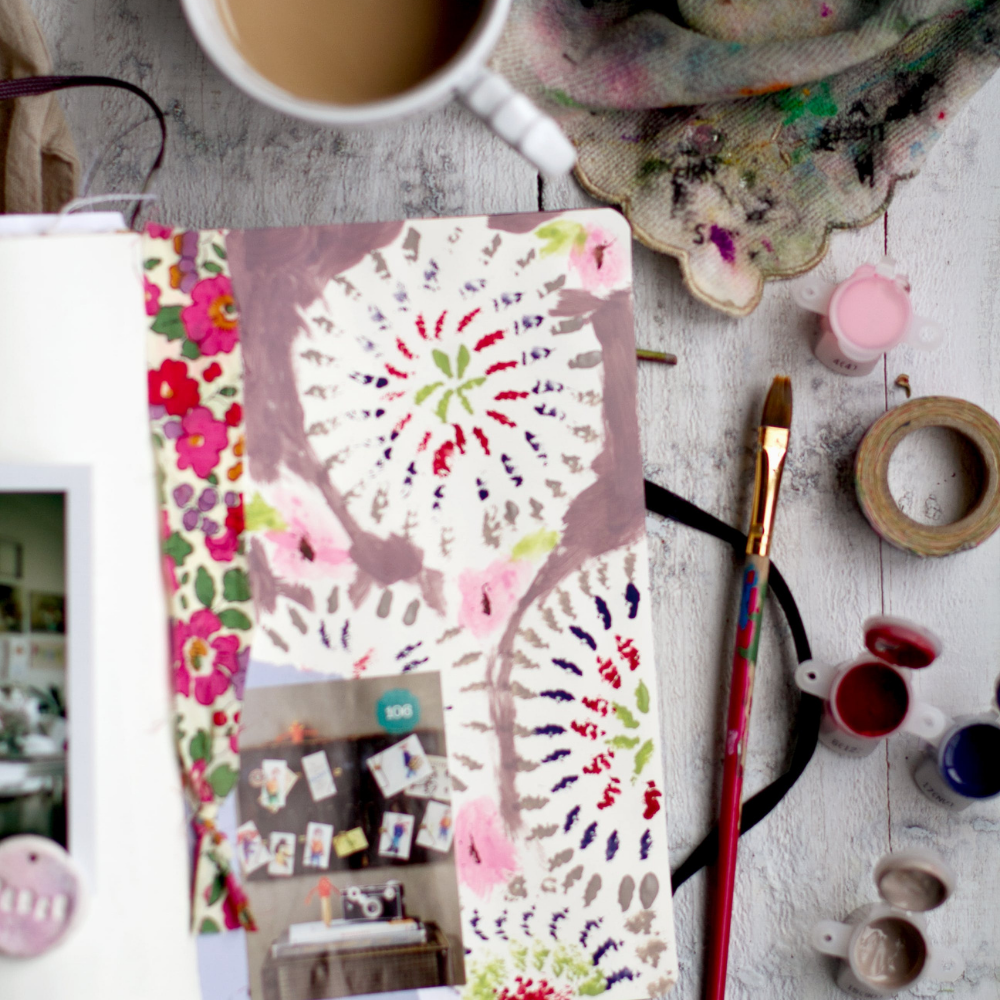Have you ever had a spark of creative inspiration but no immediate way to capture it or channel into something tangible?
You stare into space imagining fantastical scenarios, characters, color combinations—but before you can pick up a brush or pen, the moment has passed and the fleeting ideas escaped your grasp.
Fret no more, fellow artists!
An art journal is the perfect solution to nurture those unexpected sparks of creativity and allow your inner muse to breathe freely.
Within the pages of your personal sketchbook, you'll find a welcoming space to engage your imagination without limits or judgement.
No idea is too small or half-baked to jot down in these creative sanctuaries.
Setting up an art journal can spark your creativity in unexpected ways.
Although it may seem daunting at first, getting your art supplies organized and establishing some easy routines will help harness your inner artist.
Just think, within these pages you can flex creative muscles you never knew you had!
Whether you consider yourself a beginner doodler or seasoned professional, an art journal is the perfect low-pressure place to experiment with new techniques, visualize ideas, and build confidence as your skills progress.
In this post, we'll break down the essential materials you need, easy strategies for staying inspired, and ways to channel your creativity without fear of failure, so you can seamlessly channel your artistic visions from mind to paper anytime inspiration strikes.
By the end, you'll be itching to dive into your new creative outlet!
If you've ever found yourself doodling on scraps of paper or the backs of receipts, it's time to take your casual artwork to the next level by starting your very own art journal!
Read on for ideas and tips to help launch your journey as a chronicler of your creative visions!
So, grab your coffee, put on some music, and let's dive into the world of art journaling!
Key Takeaways:
- Understand the essential art supplies needed to start an art journal.
- Learn step-by-step how to set up your art journal for a successful art journaling journey.
- Discover art journaling ideas and prompts to keep your creative juices flowing.

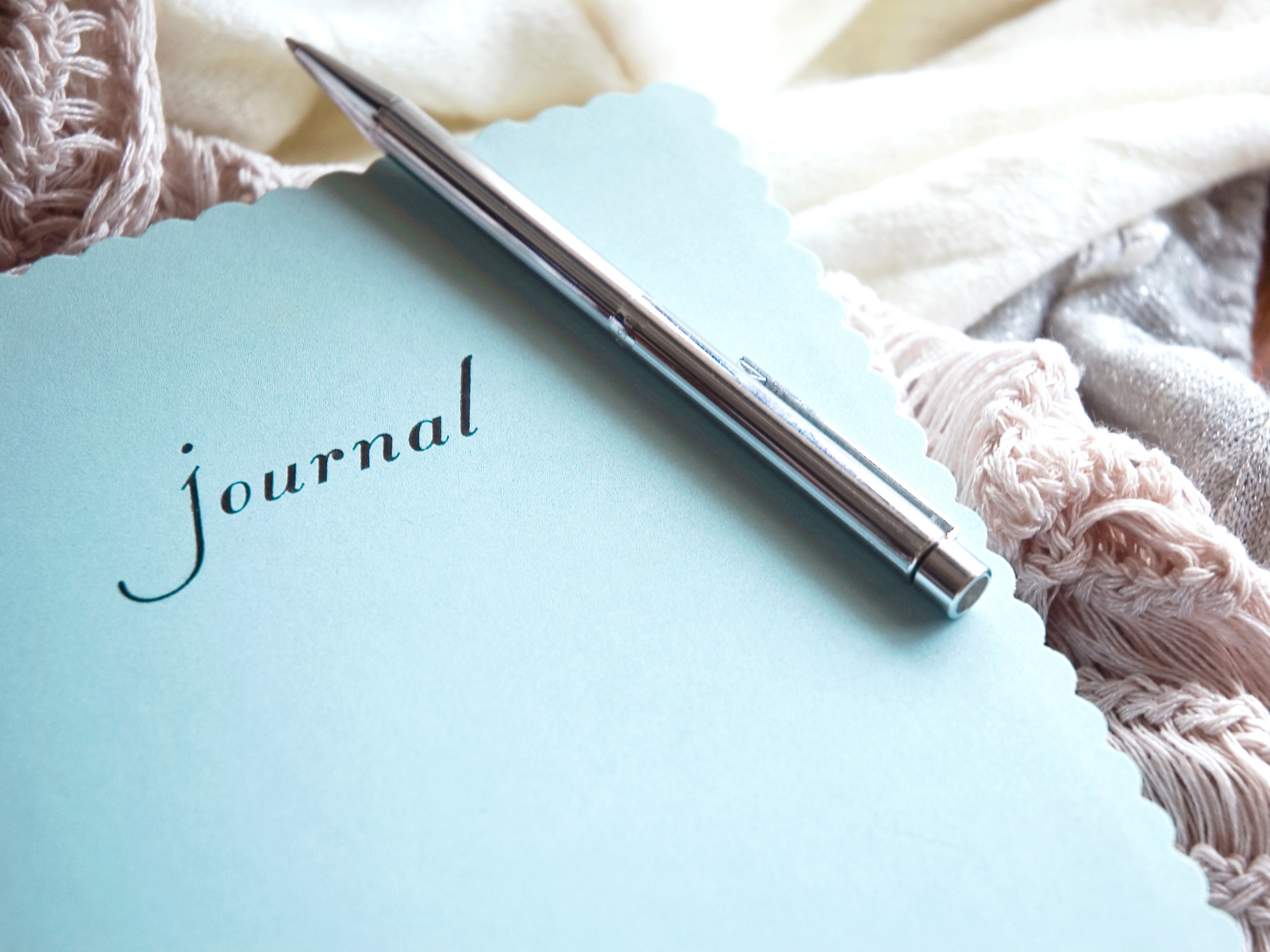
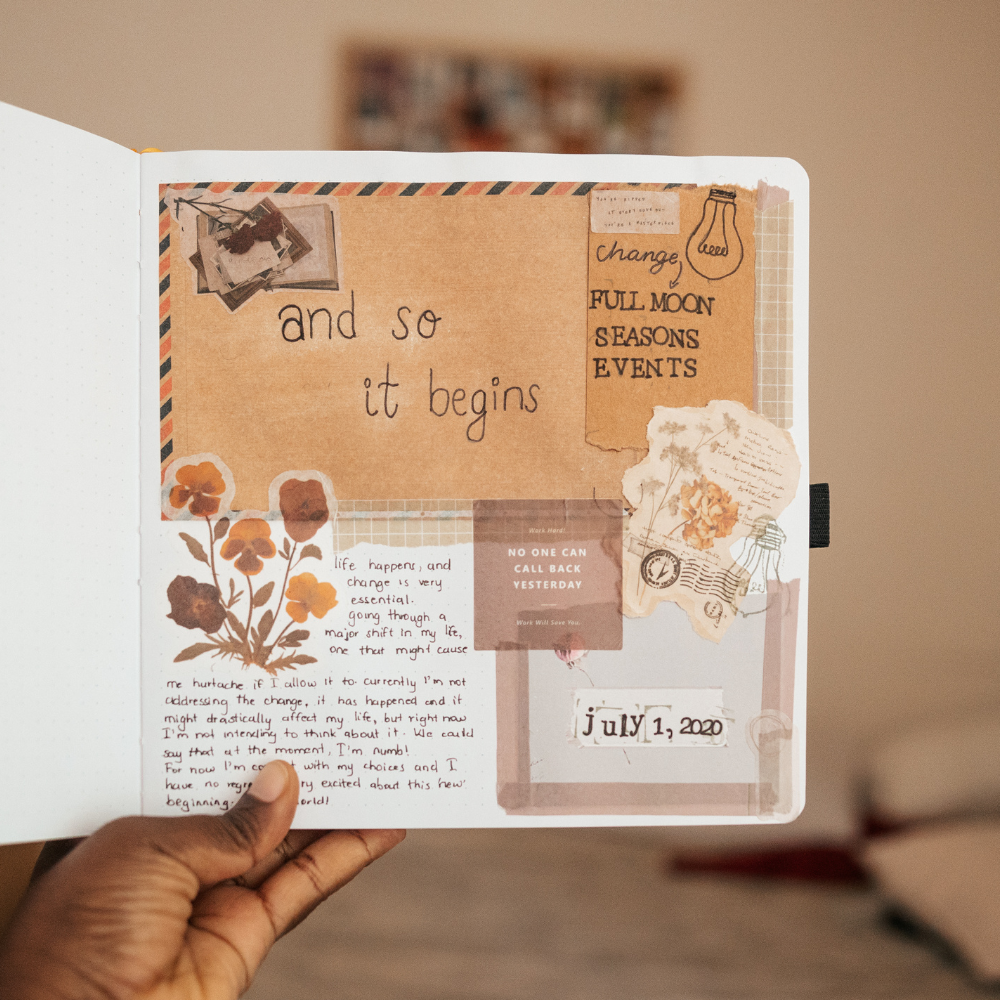
What Is an Art Journal?
An art journal is a versatile sketchbook that allows you to unleash your creativity wherever inspiration may strike.
Rather than limiting yourself to a single style or medium, an art journal encourages experimentation and creative play.
It's the perfect outlet for practicing new techniques, working through emotional processing, or simply documenting your everyday thoughts and experiences through visual exploration.
Art journaling is a vibrant and fulfilling form of self-expression that combines elements of writing, drawing, painting, and collage.
It's a creative practice that not only allows for the exploration of artistic techniques but also serves as a medium for reflection and growth.
Whether you're a seasoned artist or a beginner looking to embark on a creative journey, setting up an art journal can be a transformative experience.
So, why wait? Let's dive into the world of creative journaling!
Choosing Your Art Journal
Selecting the best art journal for your needs is the first step in your art journaling journey.
The variety of journals available can be overwhelming, but focusing on the type of media you plan to use is a good starting point.
For instance, if you're interested in wet media like watercolors or acrylic paints, watercolor paper with a heavier weight is ideal.
On the other hand, if you prefer drawing or using colored pencils, a lighter paper may suffice.
When considering the size and format of your journal, think about whether you want a portable journal to carry with you or a larger one to use in your art studio.
Some art journalists prefer a traditional bound journal, while others opt for a loose paper system that allows for the removal and reorganization of pages.
Ultimately, the choice is yours and depends on your personal preferences and creative goals.
Just remember to choose a journal that inspires you and makes you excited to create!
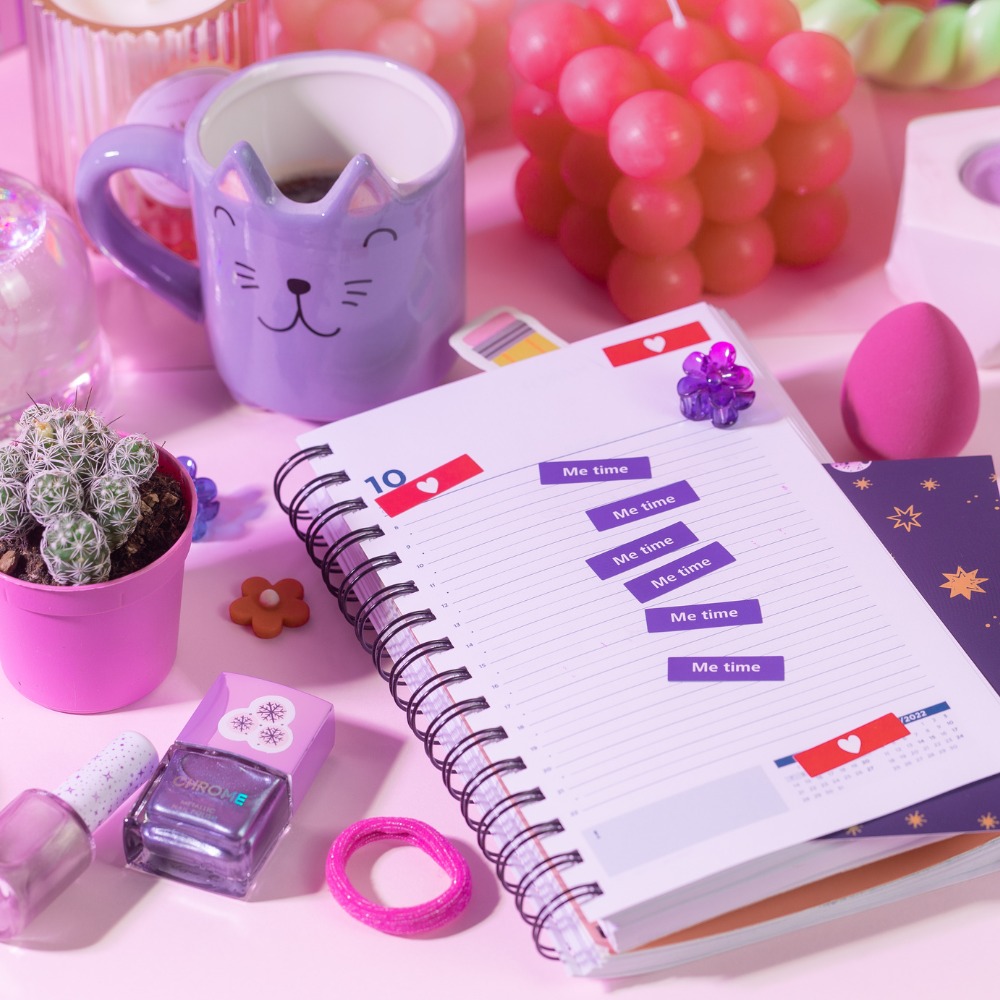
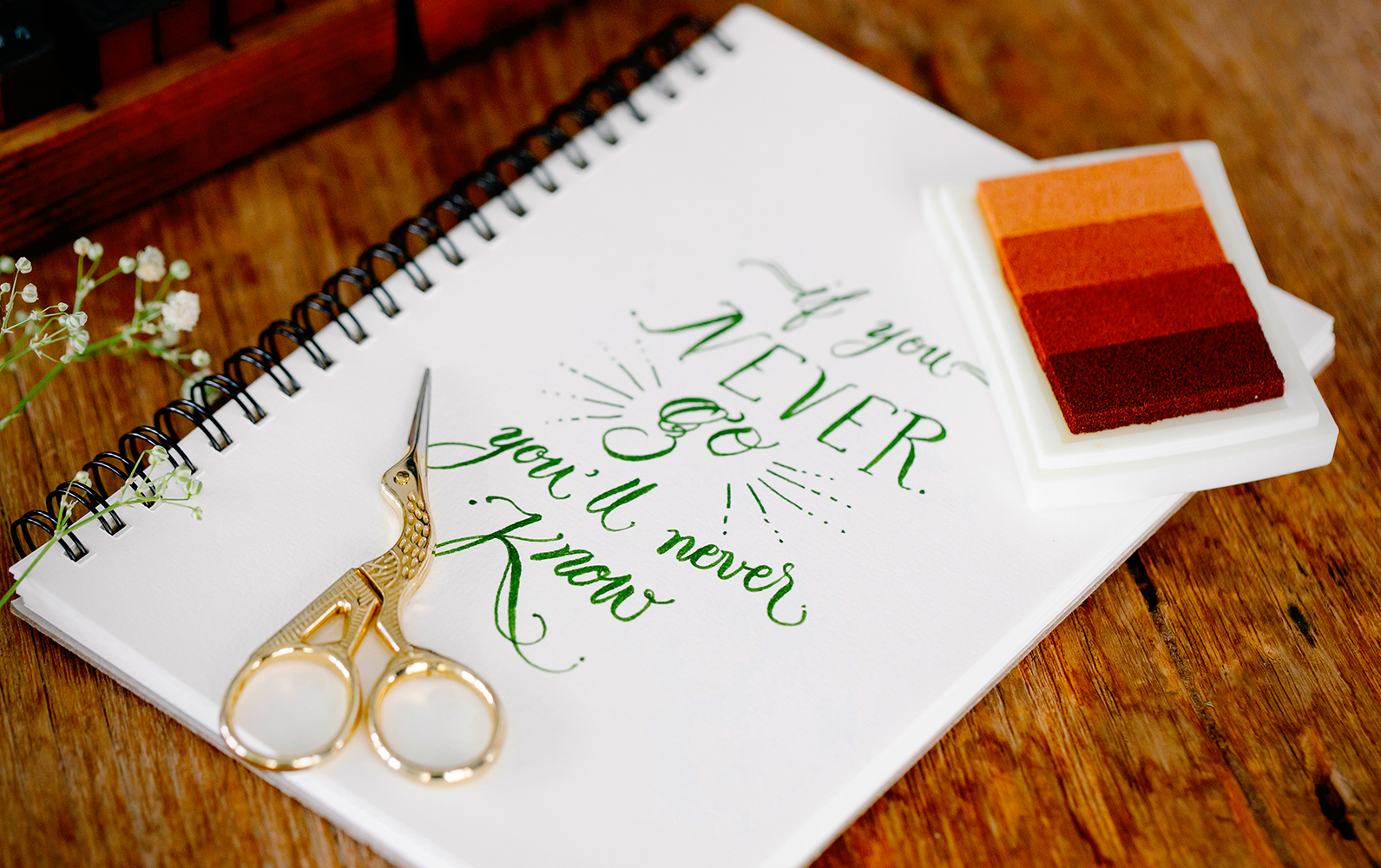

Essential Materials for Art Journaling
When it comes to journaling, the possibilities are endless.
But before you get lost in a sea of creative ideas, make sure you have the necessary materials on hand to bring those ideas to life!
Start with the basics, such as a good quality watercolor brush, a set of acrylic paints, and a variety of pens and pencils.
Gel pens, colored pencils, and fine liners are great for adding detail to your pages.
Don't forget about adhesives like glue sticks or washi tape for attaching paper ephemera and other items to your pages.
For those who enjoy mixed media, consider incorporating items like tissue paper, parchment paper, and spray bottles.
These can add texture and interesting visual effects to your art work.
Rubber stamps and stencils are also fun tools that can help create patterns and focal points on your pages.
If you're still unsure of where to start, here are some essential supplies you'll need to get started:
- A sketchbook or notebook: Choose a size and style that suits your needs, and make sure the paper can handle the media you plan to use.
- Pencils, pens, and markers: These are essential for sketching, outlining, and adding color to your pages. Experiment with different types and sizes to find what works best for you.
- Paints: Watercolors, acrylics, or even gouache paints are great options for adding color and texture to your pages. Don't be afraid to mix colors and try new techniques!
- Adhesives: Glue sticks, double-sided tape, or liquid glue can help attach paper ephemera, photos, and other items to your pages.
- Collage materials: Get creative with items like magazine clippings, scrapbook paper, tissue paper, or fabric to add dimension and interest to your pages.
Setting Up Your Workspace
Creating a dedicated space for your art journaling helps to make the process a part of your daily routine.
Your workspace doesn't have to be a professional art studio; it can be as simple as a corner of your kitchen table.
The whole idea is to have a safe space where you can keep your art supplies within reach and feel inspired to start creating.
Ensure your workspace is well-lit and comfortable.
If you're using wet media, protect your surface with a plastic sheet or old newspapers.
Having a cup of water for cleaning brushes and a rag or paper towels for spills and dabbing brushes is also a good idea.
Every artist's workspace is unique, so feel free to experiment and find what works best for you.
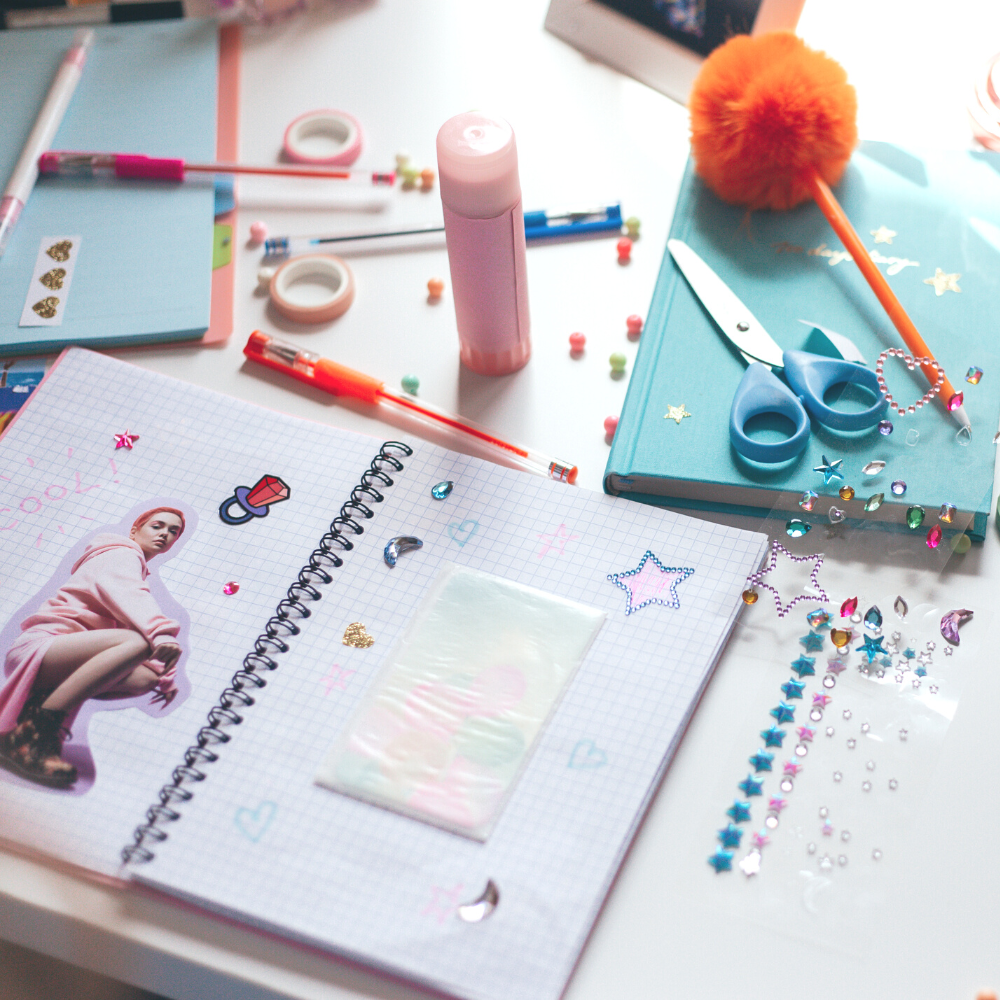
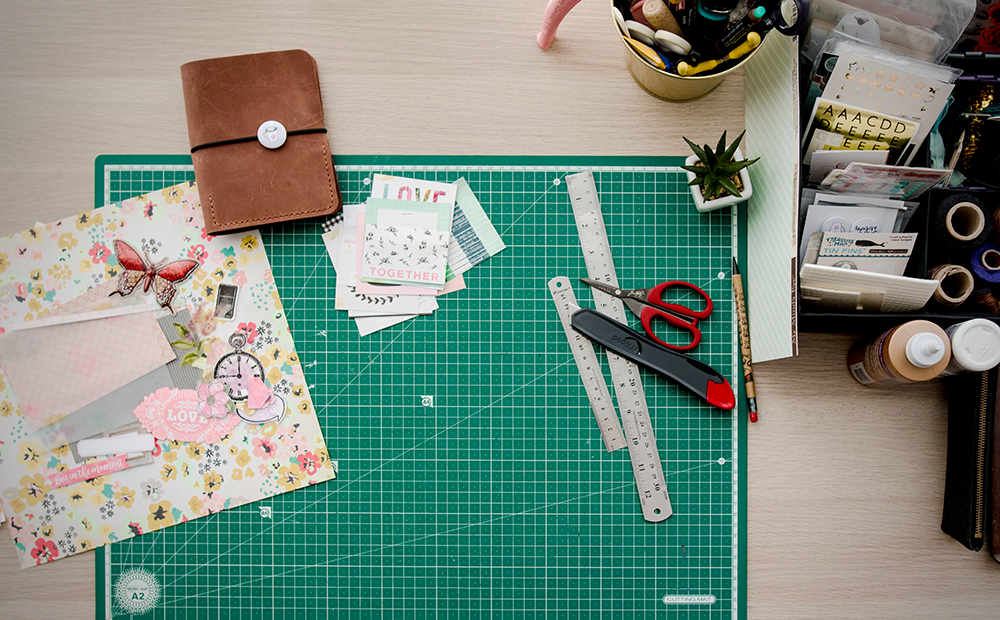
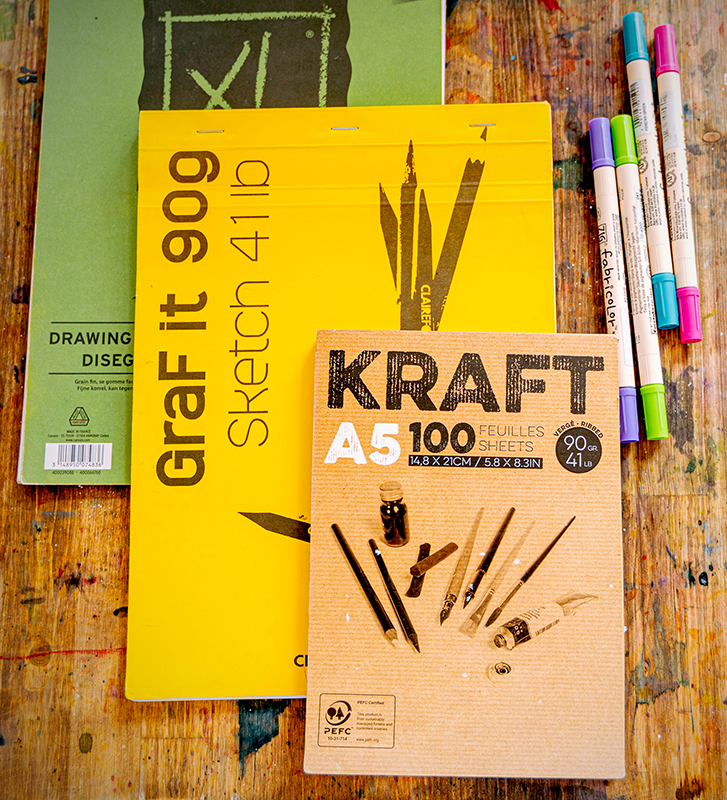
Embracing the Blank Page
One of the biggest hurdles for many art journalists is the intimidation of a blank page.
To overcome this, start by setting a creative intention or theme for your page or spread.
Art journal prompts can be a great way to ignite your imagination and give you a starting point.
These can range from song lyrics that resonate with you to a color palette that you want to explore.
Another technique is to create a painted background or a collage base to eliminate the white space.
This can immediately make the page feel less daunting and help your creative juices start flowing.
Remember, there are no mistakes in art journaling—only opportunities for new techniques and self-expression.
Incorporating Text and Imagery
Combining text and imagery is a fundamental aspect of art journaling.
Your written words can be as simple as a single quote that speaks to you or as complex as a full-page journal entry.
The text can serve as a focal point or simply complement the visual elements on the page.
When it comes to imagery, don't limit yourself to just drawing or painting.
You can include photographs, magazine cutouts, or even items like fabric or leaves.
The beauty of an art journal is that it's a combination thereof all your creative practices.
Exploring Mixed Media Techniques
Mixed media is a fun way to add depth and interest to your art journal pages.
Experiment with layering different materials like acrylic paints, watercolors, and ink.
Use tools like spray inks, sponges, and palette knives to create unique textures and patterns.
Don't be afraid to try new techniques, such as image transfer, monoprinting, or using household items for mark making.
The possibilities are endless, and the more you experiment, the more you'll discover new ways to bring your artistic visions to life.
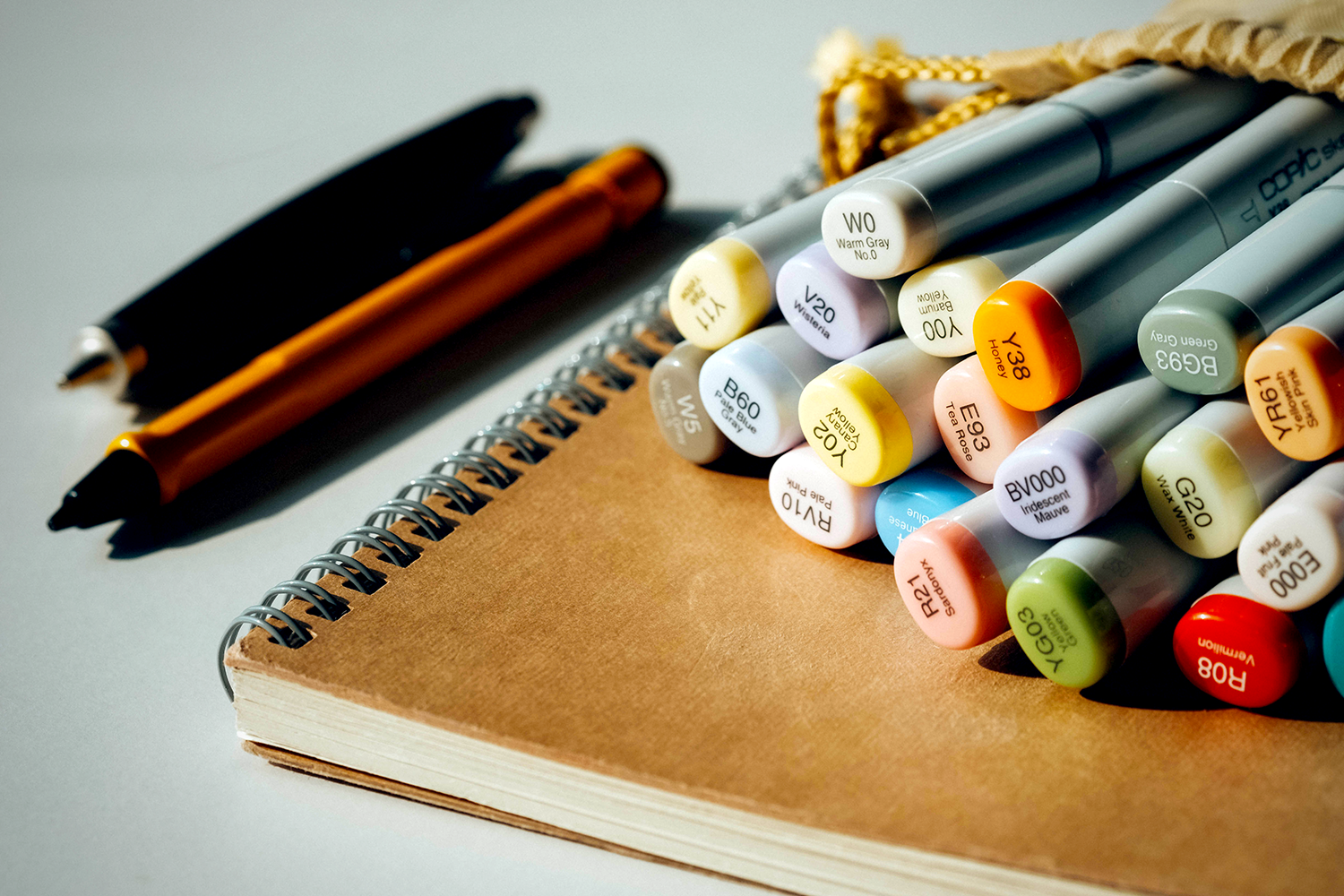
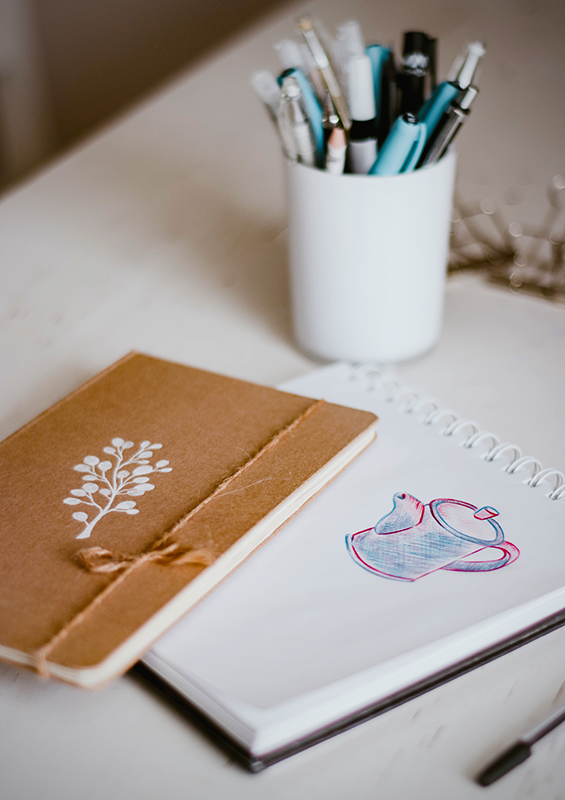
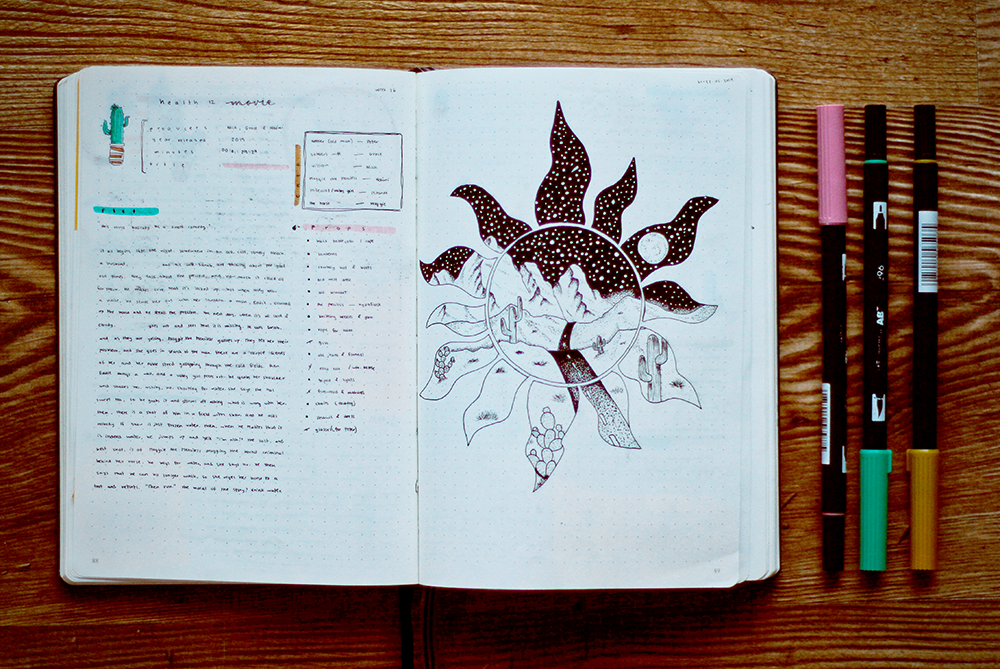
The Role of Texture in Art Journaling
Texture is an often overlooked aspect of art journaling that can significantly enhance the tactile and visual experience of your pages.
By incorporating different textures, you can add dimension and intrigue to your journal.
Techniques such as collage, embossing, or even adding fabric or found objects can create a rich tapestry that invites the viewer to not only look but also touch.
The physicality of texture can make your art journal a more immersive and engaging tool for self-expression.
Moreover, the use of texture can be symbolic in your art journal.
Rough textures might represent turmoil or distress, while smooth textures could symbolize calmness or clarity.
You can also use texture to highlight certain areas of your page, drawing the eye to focal points or guiding the viewer through your narrative.
As you explore different materials and methods, you'll find that texture can speak volumes in your art journal, adding layers of meaning to your personal storytelling.
Experimenting with Page Layouts
The layout of your art journal pages can greatly impact the overall look and feel of your work.
Play with different compositions by arranging elements in various ways.
Consider the balance between text and imagery, and how the eye moves across the page.
Try dedicating one page to a single focal point or spreading your art across two pages for a more expansive feel.
There's no right or wrong way to layout your pages—it's all about what feels right for you and your art journal step.
Prompts and Ideas for Art Journaling
Art journal prompts are a great way to kickstart your creativity, especially when you're feeling uninspired.
Prompts can be visual, like a color challenge or a specific art technique, or they can be written, such as a word or phrase to interpret in your art.
Keep a collection of prompts handy in your art journal or workspace.
You can find inspiration for prompts in books, online, or by creating your own based on your interests and experiences.
Here are some ideas to help spark your imagination:
- Daily sketches: Make a commitment to create a quick sketch or doodle every day. It can be as simple as drawing an object on your desk or a scene from your daily routine.
- Emotions and moods: Use colors, shapes, and visual elements to express how you're feeling in the moment.
- Travel journaling: Document your travels through sketches, collages, and written reflections.
- Dream journaling: Keep track of your dreams by drawing or writing about them in your art journal.
- Art challenges: Participate in online or community art challenges to push yourself out of your comfort zone and try new techniques.
Here are list of some prompts to get you started:
- Draw a random object in front of you
- Use only shades of blue for your page
- Sketch something from your imagination
- Create a collage using found objects or magazine clippings
- Illustrate a favorite quote or song lyric
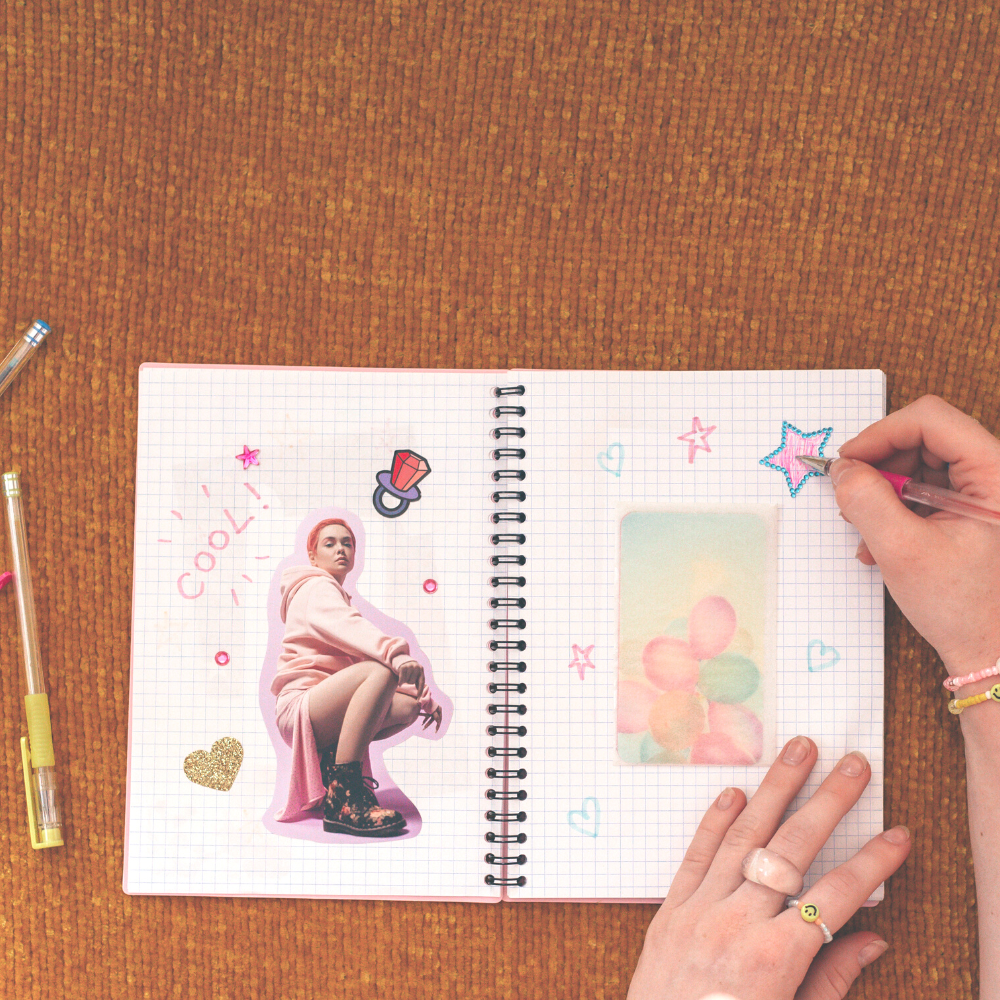
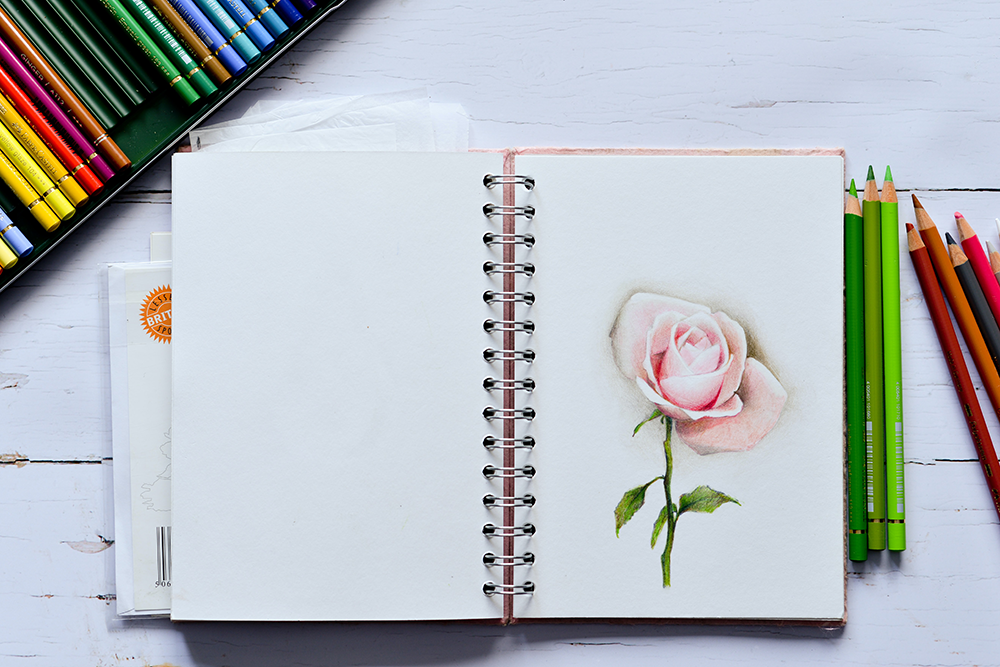
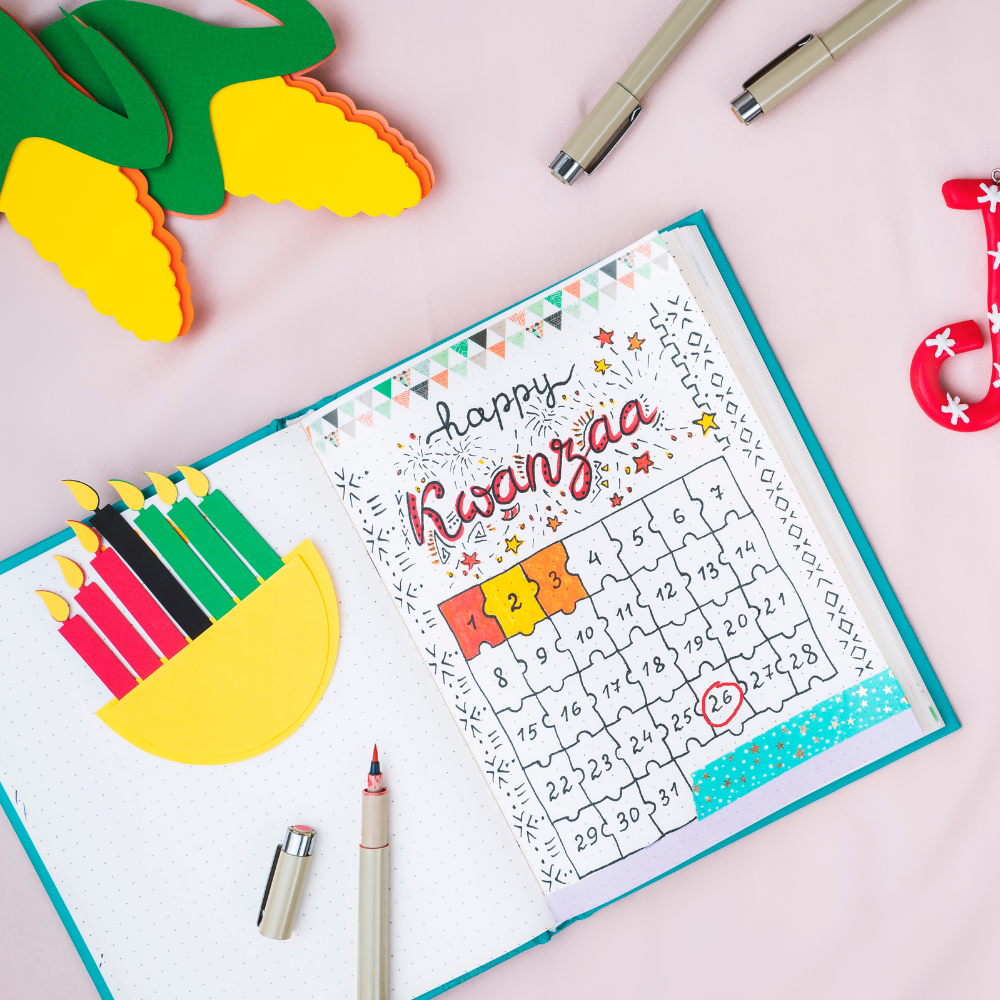
Developing Your Art Journaling Ideas
Art journaling ideas can come from anywhere.
Look to other artists for inspiration, or draw from your own experiences and emotions.
You might want to document a trip, explore a particular art style, or express your thoughts and feelings through written words and imagery.
Keep a list of ideas or themes that you want to explore in your journal.
This can be a physical list in a separate notebook or a digital one on your phone or computer.
When you're feeling stuck, refer to your list for a spark of inspiration.
Cultivating a Personal Art Journaling Style
Developing a personal style in your art journal is a journey of self-discovery and self-expression.
It begins with experimentation, trying out various techniques and mediums to see what resonates with you.
Over time, you'll start to notice patterns in your choice of materials, themes, and compositions. These preferences are the building blocks of your unique artistic voice.
Pay attention to the subjects that keep reappearing in your work, the colors that you're drawn to, and the mood that your pages consistently convey.
These elements are clues to your personal style.
As you continue to fill your art journal, your style will become more pronounced.
It's important to embrace this evolution, allowing your self-expression to guide you rather than being influenced by external trends or comparisons with other artists.
Your art journal is a chronicle of your growth as an individual and an artist.
It's a visual diary that captures the essence of who you are at any given moment.
Celebrate your individuality and let your personal style shine through your pages, making your art journal a true testament to your creative spirit.
Integrating New Art Journal Supplies
Introducing new art journal supplies into your repertoire is an exciting way to expand your creative process.
Experimenting with colored pencil techniques, for instance, can add a different texture and detail to your pages that other mediums may not provide.
Colored pencils offer precision and a vast array of shades that can enhance the intricacy of your work.
Similarly, incorporating acrylic paint can dramatically change the dynamic of your art journal.
Its versatility allows for both opaque coverage and translucent washes, giving you the freedom to play with light and depth in your compositions.
Don't be afraid to mix these new supplies with your existing ones.
Combining colored pencils with watercolors for a mixed-media effect or layering acrylic paint over collages are just a few examples of how you can push the boundaries of your art journaling.
Remember, there is no one journal that fits all; your art journal is a personal space for experimentation.
Whether you totally understand a medium or are just beginning to explore its possibilities, each addition to your art journal supplies is an opportunity to discover more about your artistic preferences and capabilities.

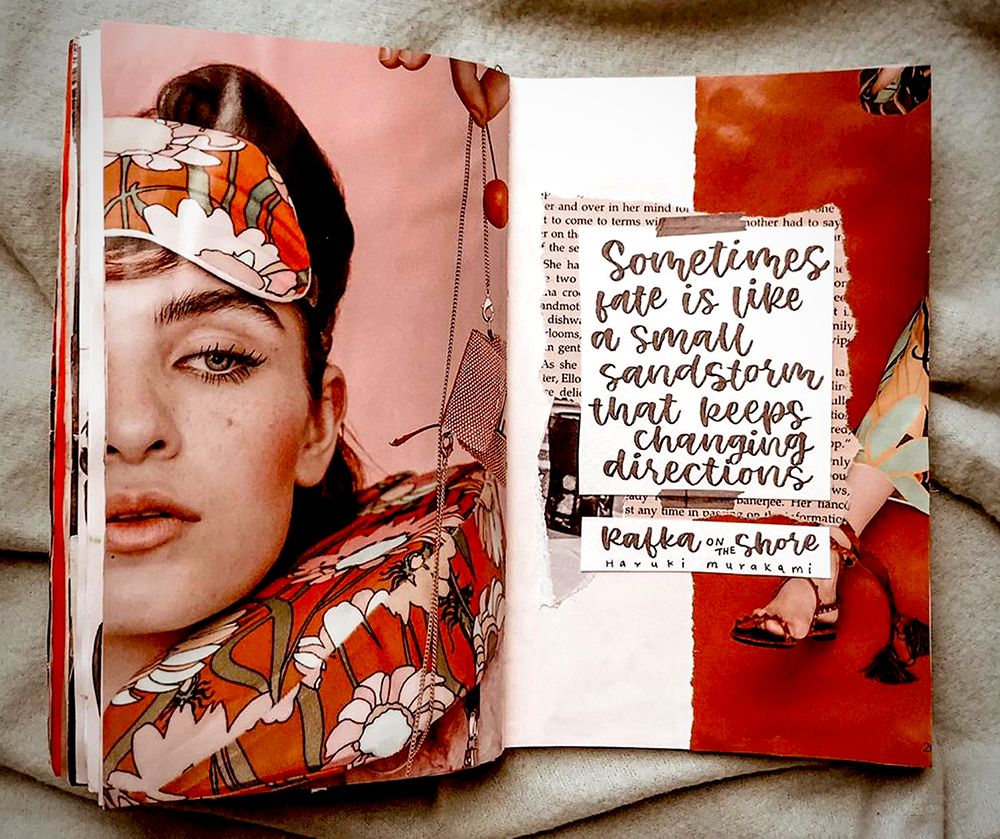

Reflecting on Your Art Journal Journey
Art journals are not just a repository for your creative process; they are a reflection of your growth as an artist and an individual.
As you flip through the pages of your visual journal, take time to observe the evolution of your drawing skills and the maturation of your ideas.
This retrospective practice is a great idea for gaining insight into your artistic development and can serve as a motivational tool.
By revisiting past entries, you can identify patterns in your work, celebrate milestones, and set new goals for your art journalling journey.
Moreover, reflecting on your journey can be a form of self-expression that goes beyond the page.
It allows you to articulate your experiences and emotions, transforming your art journal into a written journal that captures the essence of your personal narrative.
This dual nature of an art journal—as both a visual and written record—enriches the experience, making each journal a unique testament to one's life and creativity.
Embrace this aspect of art journaling to deepen your connection with your work and to continue fostering your artistic voice.
Nurturing Self-Expression Through Art Journaling
Art journaling is not just about creating visually appealing pages; it's a profound form of self-expression.
By embracing the myriad ways to convey emotions, thoughts, and personal narratives, art journaling becomes a sanctuary for the soul.
It's a space where the journaler can explore their innermost feelings without judgment, using colors, shapes, and forms that resonate with their current state of being.
This process of self-expression is therapeutic, often leading to significant personal insights and growth.
The beauty of self-expression in art journaling lies in its boundless nature.
Whether it's through abstract expressionism, detailed sketches, or a collage of found objects, each page is a testament to the journaler's individuality.
Encourage yourself to experiment with different mediums and techniques to find those that feel most authentic to you.
As you embark on this journey, consider your journal a safe space where the pages bear witness to your innermost thoughts and evolving emotions.
The act of choosing colors, textures, and subjects is deeply personal and reflective of your current state of mind.
Whether it's through abstract shapes or detailed sketches, each stroke is a part of the narrative you're weaving about yourself.
This process is therapeutic, allowing you to express and understand your feelings in a non-verbal, yet profoundly articulate manner.
To truly tap into the power of self-expression, it's essential to let go of any preconceived notions of what art 'should' look like.
As you journal, consider how the visual elements you choose reflect your inner world, and allow them to flow freely onto the page.
Your art journal is a reflection of you, and there is no right or wrong way to fill its pages.
Some days might find you gravitating towards bold, chaotic splashes of paint, while others might see you meticulously drawing patterns that bring you a sense of calm.
Embrace the diversity of your expression; it's what makes your art journal uniquely yours.
Remember, the goal is to express, not to impress.
Harnessing the Power of Color in Your Art Journal
Color is not just a visual element; it is a powerful tool for self-expression in your art journal.
When you begin to understand the psychology of color, you can use it to convey emotions and moods in your artwork.
For instance, warm colors like red and orange can evoke feelings of passion and energy, while cool colors like blue and green tend to be calming and soothing.
Experimenting with different color palettes can help you express your inner thoughts and feelings without the need for words.
In addition to the emotional impact, color can also be used to create visual interest and depth in your art journal pages.
Layering colors, using gradients, or incorporating color-blocking techniques can add complexity to your work.
Consider the use of complementary colors to make certain elements stand out, or analogous colors for a harmonious and serene composition.
Remember, the colors you choose are a reflection of your personal style and can be as bold or as subtle as you wish.
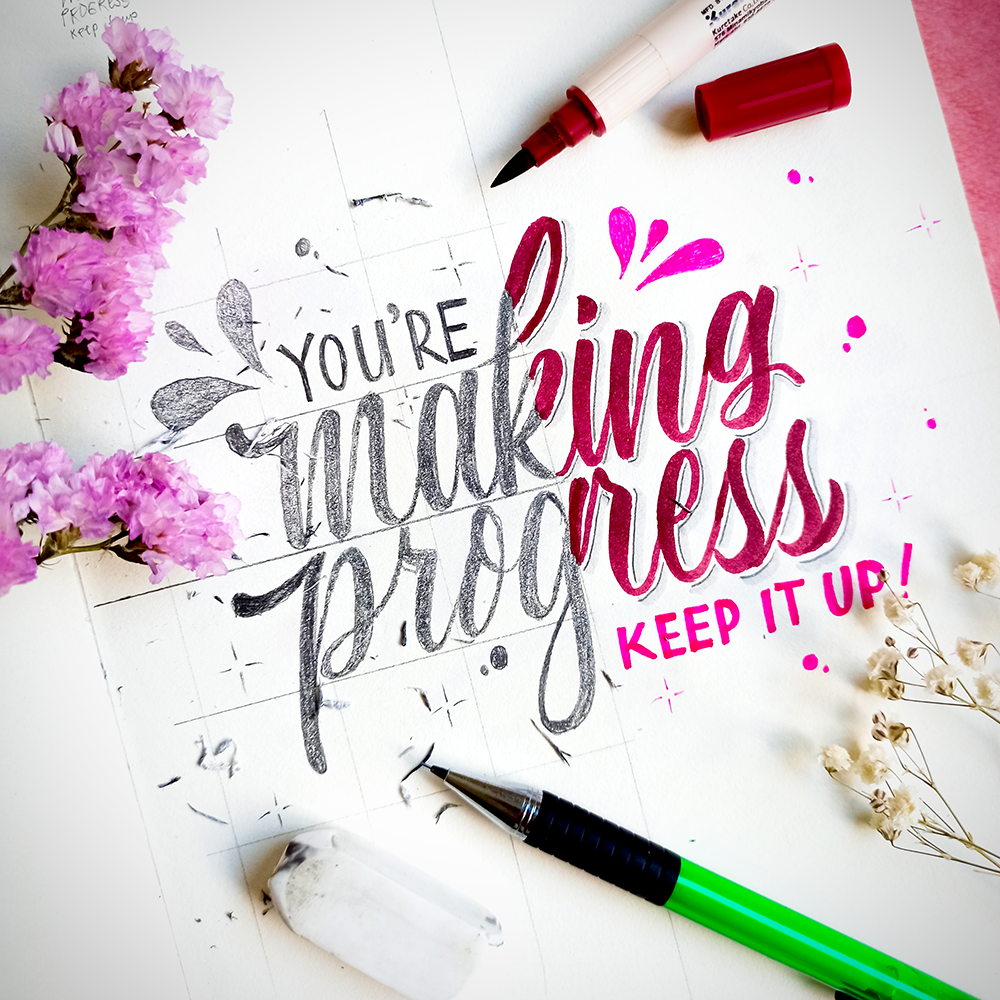
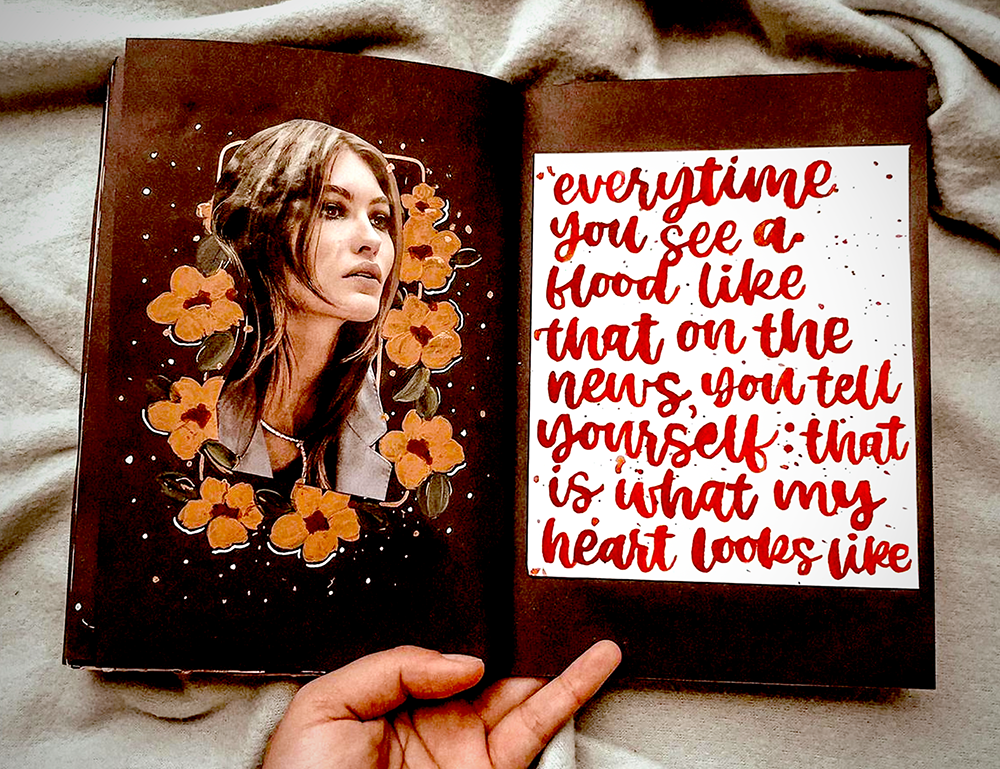
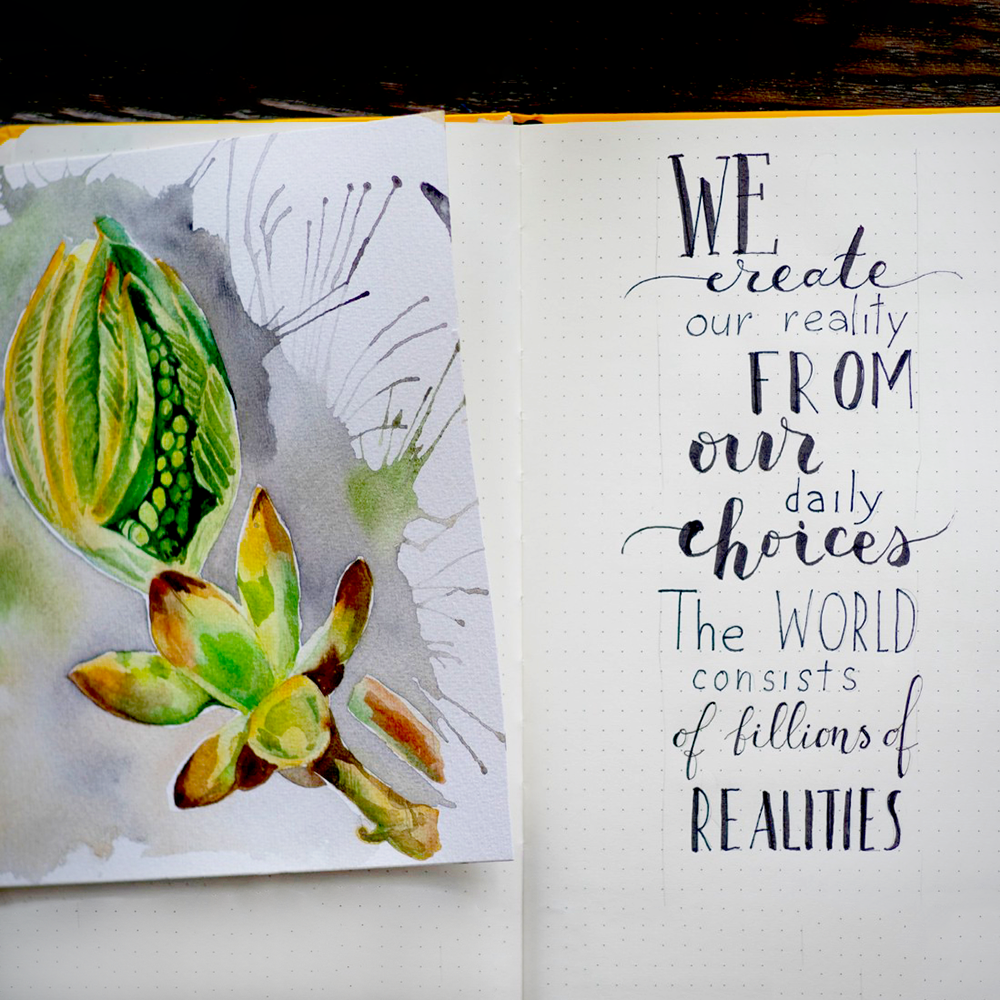
Journaling's Influence on Personal Development
Art journaling is more than a mere hobby; it's a conduit for self-expression and personal growth.
Engaging in this creative process allows individuals to explore their innermost thoughts and feelings, often leading to profound insights and a deeper understanding of oneself.
By using an art journal as a reflective tool, one can document personal milestones, struggles, and triumphs, creating a visual narrative of their developmental journey.
This practice not only fosters self-awareness but also enhances emotional intelligence, as the act of translating emotions into artistic expressions requires introspection and empathy.
Moreover, the versatility of art journaling supports various methods of self-expression, accommodating a wide range of artistic skills and preferences.
Whether through bold strokes of paint, delicate sketches, or collaged photographs, each page of an art journal becomes a testament to the creator's evolving identity.
As individuals continue to fill their journals, they often notice patterns and themes that reveal their subconscious priorities and values, further contributing to their personal development.
The art journal, thus, becomes a mirror reflecting the artist's growth over time.
Cultivating Authenticity in Art Journaling
In the realm of art journaling, authenticity is key to meaningful self-expression.
When journalers focus on creating art that is true to themselves, rather than conforming to external expectations or trends, their work becomes a genuine reflection of their soul.
This authenticity can manifest in various forms, from the subject matter chosen to the techniques employed.
It encourages art journalers to embrace their unique voice and style, even if it deviates from the mainstream.
By honoring their individuality, artists can create a body of work that is as distinctive as their fingerprint, offering a visual narrative of their personal growth and creative spirit.
Authenticity in art journaling also promotes a sense of liberation and empowerment.
When artists give themselves permission to be vulnerable and honest on the page, they often experience a release of pent-up emotions and a surge of creative energy.
This can lead to breakthroughs in both their art and personal life, as they learn to trust their intuition and embrace their imperfections.
Authentic art journaling becomes a testament to the artist's journey, a tangible reminder that every stroke, smudge, and splash of color is a step towards self-discovery and self-acceptance.
As art journalers delve deeper into the practice, the evolution of their self-expression becomes evident.
Over time, the pages of an art journal can transform into a visual timeline, showcasing the journaler's personal development and shifts in creative expression.
This growth is not only rewarding to observe but also serves as a powerful reminder of the journey and the transformative power of art.
By revisiting past entries, one can witness the progression of their artistic voice and the refinement of their storytelling through imagery and text.
Moreover, the continuous practice of self-expression in art journaling can lead to a heightened sense of self-awareness and confidence.
As journalers become more comfortable with their artistic choices, they often discover a more profound sense of purpose in their work.
This confidence can spill over into other areas of life, fostering a more assertive and authentic self in everyday interactions.
The art journal, therefore, is not just a collection of pages; it's a mirror reflecting the growth of the individual behind the brush, pen, or collage.
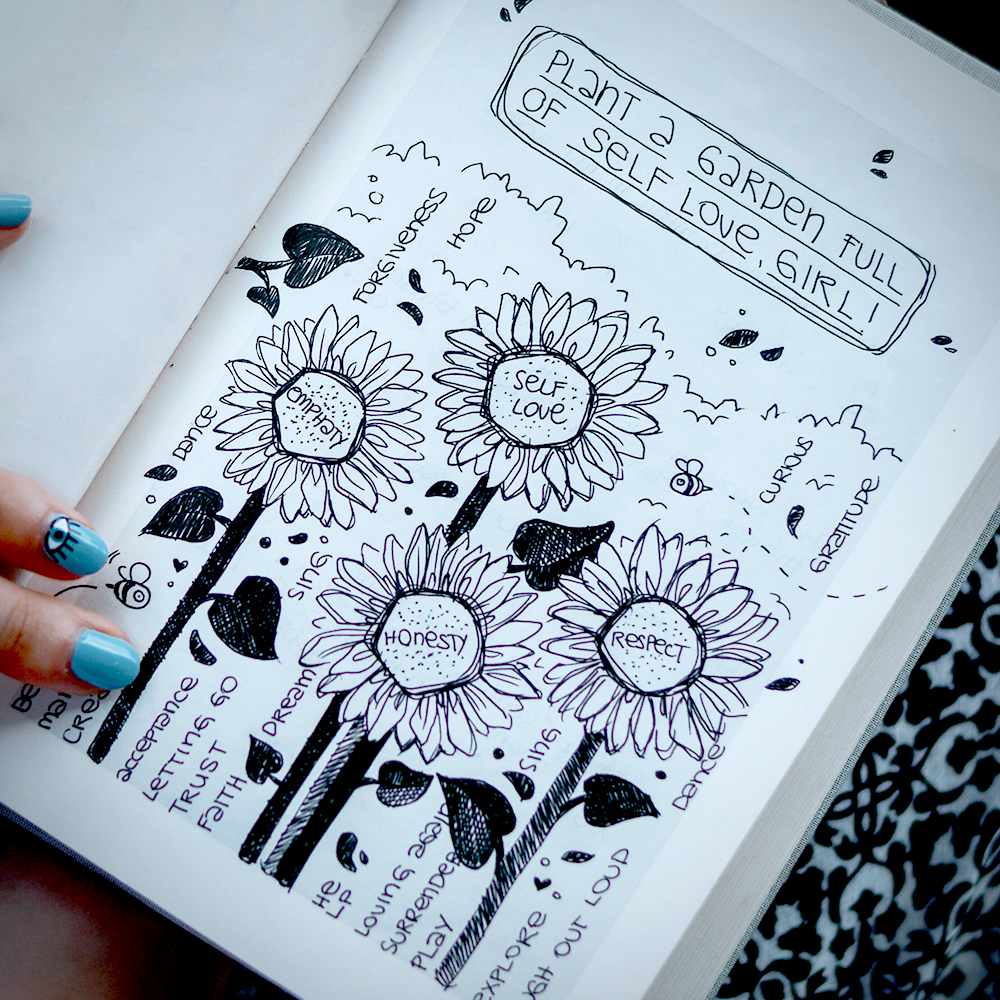
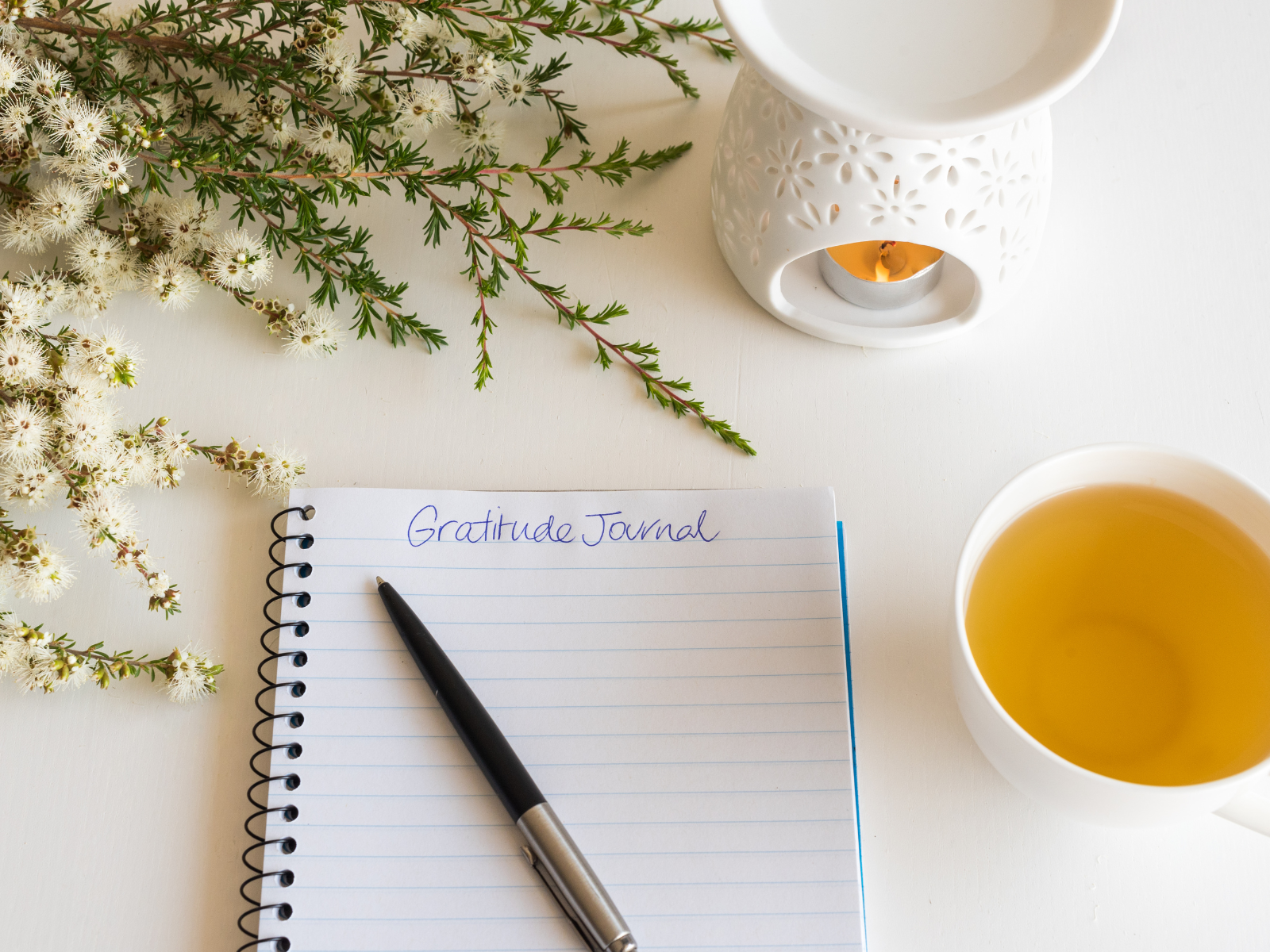
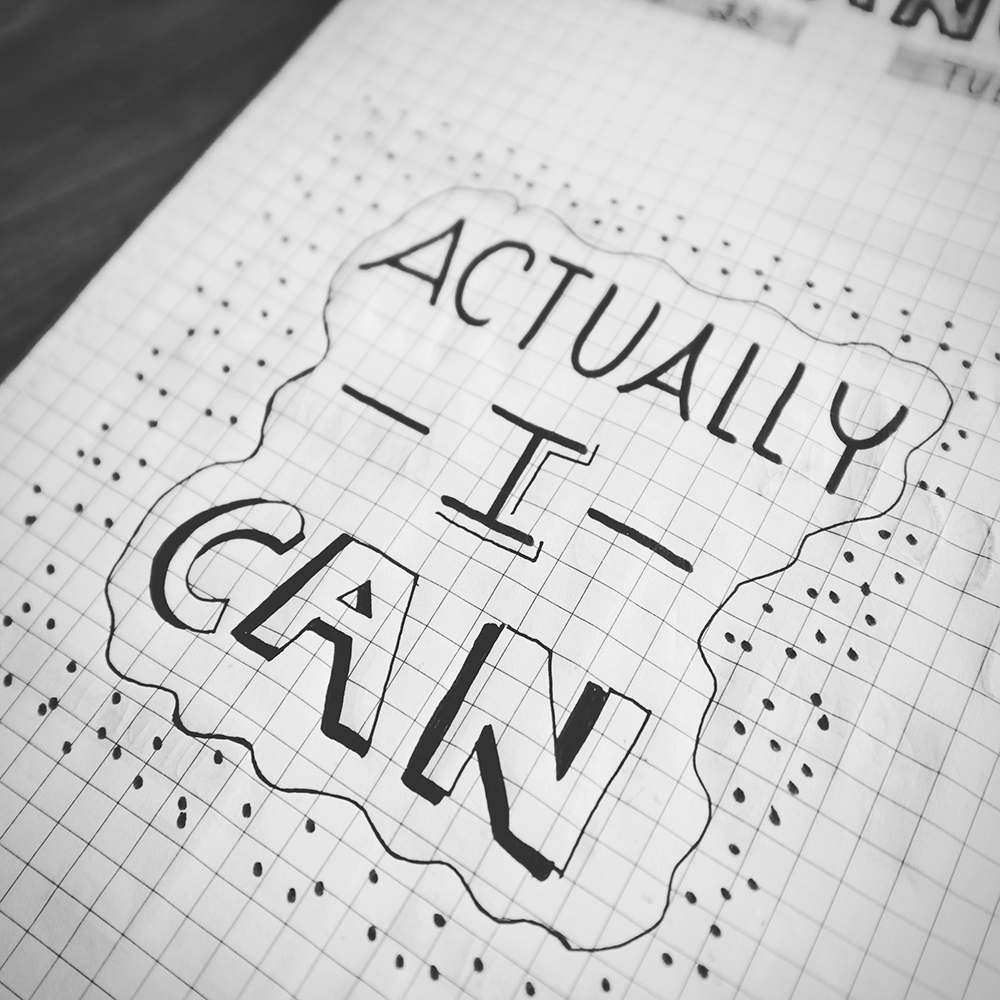
The Therapeutic Benefits of Art Journaling
Art journaling serves as a therapeutic outlet for self-expression, offering a safe space for individuals to process complex emotions and experiences.
The act of creating art in a journal can be incredibly cathartic, allowing for the release of pent-up feelings that might be difficult to articulate through words alone.
For many, the tactile experience of manipulating art materials provides a sensory engagement that can soothe anxiety and foster a sense of calm.
This form of creative self-care is particularly beneficial for those seeking to manage stress, navigate life transitions, or cope with mental health challenges.
In addition to its calming effects, art journaling can also empower individuals to reclaim their narrative and assert control over their life story.
By choosing how to represent their experiences visually, journalers can confront and reframe negative thoughts, celebrate personal victories, and articulate hopes for the future.
This process of visual storytelling not only strengthens one's sense of self but also builds resilience.
As journalers experiment with different mediums and techniques, they learn to embrace imperfections and find beauty in the unexpected, which can be incredibly liberating and affirming.
Intersection of Mindfulness and Journaling
The practice of art journaling is not just a method of self expression; it's a pathway to mindfulness that can have profound effects on one's mental well-being.
By focusing on the present moment while creating art, journalers often find a sense of calm and clarity that transcends the page.
This meditative aspect of art journaling encourages individuals to slow down, engage with their thoughts and feelings, and express them visually without judgment.
The act of putting pen, brush, or collage to paper becomes a therapeutic exercise, fostering a mindful approach to both art and life.
Moreover, the integration of mindfulness into art journaling can deepen the connection between the artist and their work, enhancing the authenticity of self expression.
As journalers become more attuned to their inner experiences, their art journals become more reflective of their true selves.
This process not only enriches the journaling experience but also contributes to personal growth and self-awareness.
The mindful practice of observing thoughts and emotions without attachment allows for a more honest and uninhibited form of creative expression, making each art journal a unique testament to the individual's journey.
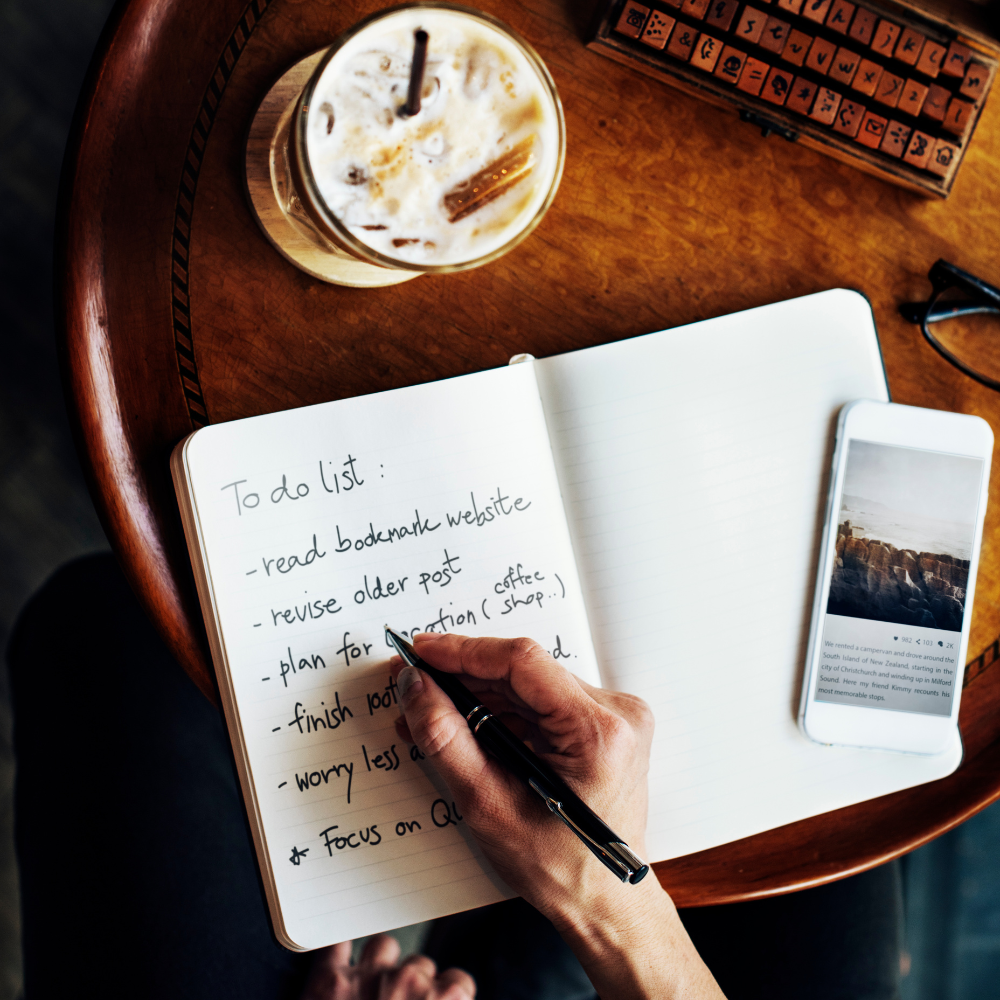
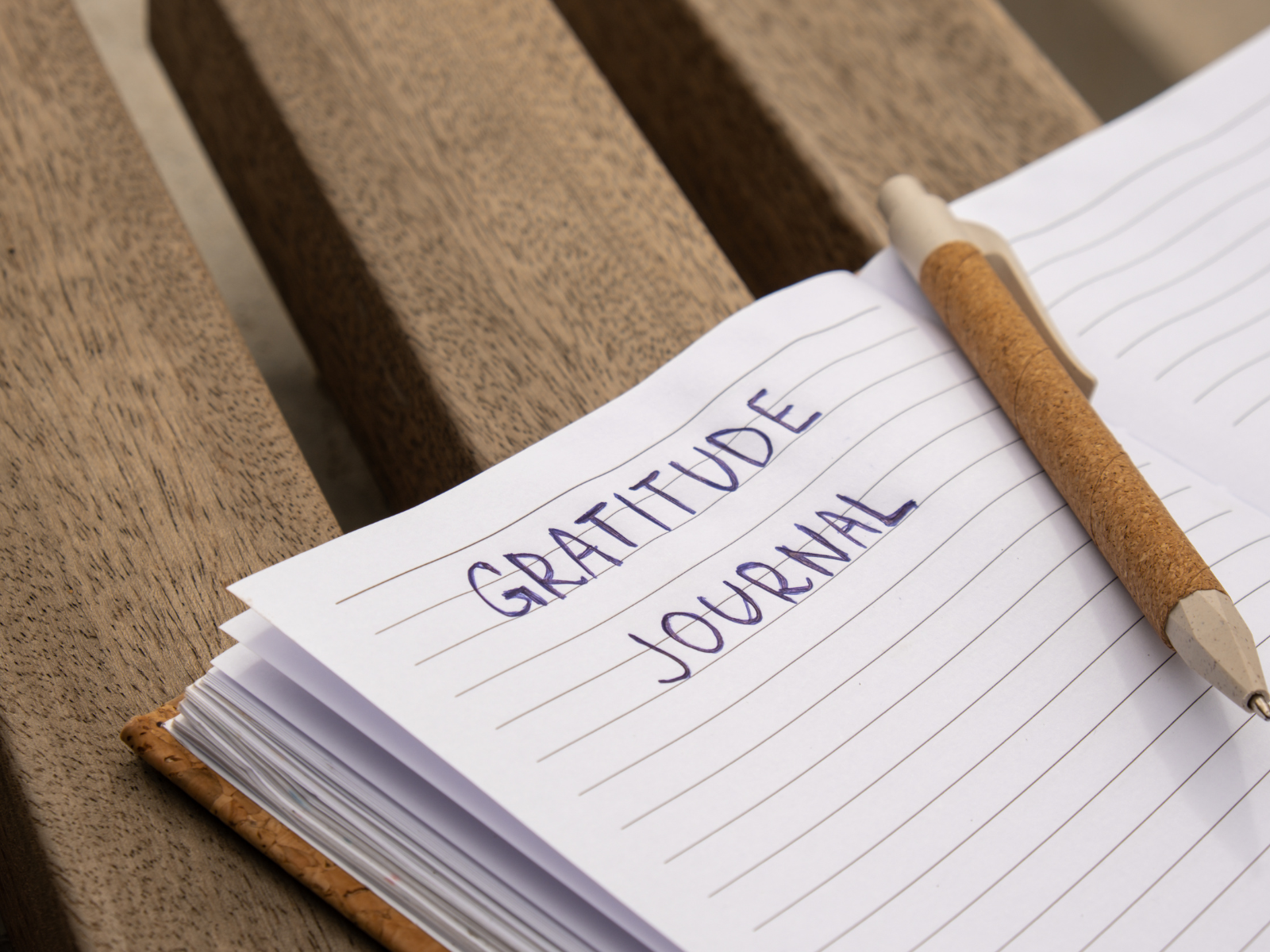
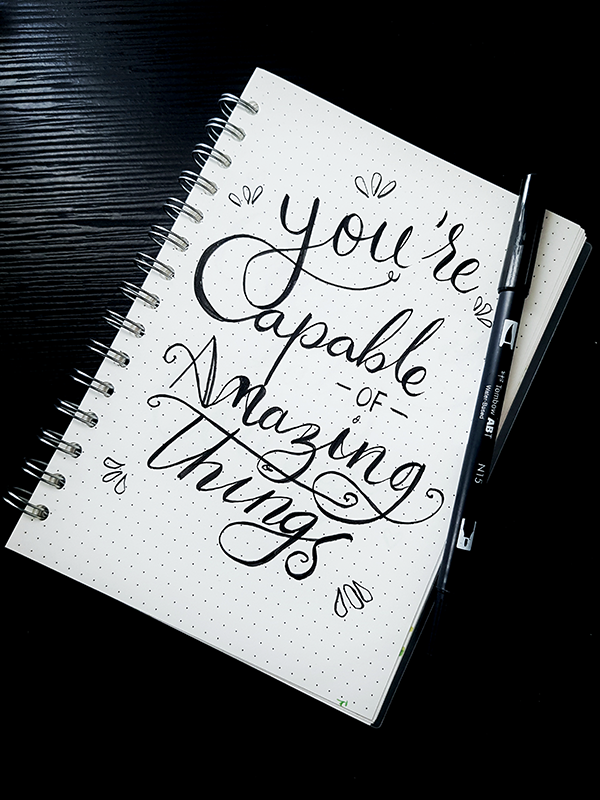
Finding Your Creative Rhythm
As you continue on your art journaling journey, you'll start to find your creative rhythm.
This is the process by which you naturally gravitate towards certain materials, techniques, and themes.
It's important to follow this rhythm and allow your art journal to evolve organically.
Joining an art group or participating in online challenges can also help maintain momentum and provide a sense of community.
Sharing your pages with other art journalists can be a rewarding experience and a source of mutual inspiration.
However, it's essential to remember that everyone's creative rhythm is unique, and comparisons can hinder your growth.
Focus on your individual journey and trust in your artistic intuition.
Art journaling offers individuals a powerful means of self-expression and personal development.
Through this therapeutic practice, one can cultivate mindfulness, authenticity, and resilience while creating a visual narrative of their identity and journey.
Remember, there is no right or wrong way to fill your art journal; the key is to embrace your unique voice and let your creativity flow freely onto the pages.
Maintaining a Regular Practice
Consistency is key in any creative practice, and art journaling is no exception.
Try to set aside regular time for your art journal, even if it's just a few minutes a day.
This will help you build a habit and ensure that your art journaling journey continues to flourish.
Remember that your art journal is a personal space.
There's no need to pressure yourself to create masterpieces on every page.
The goal is to enjoy the process and see where your creative path takes you.

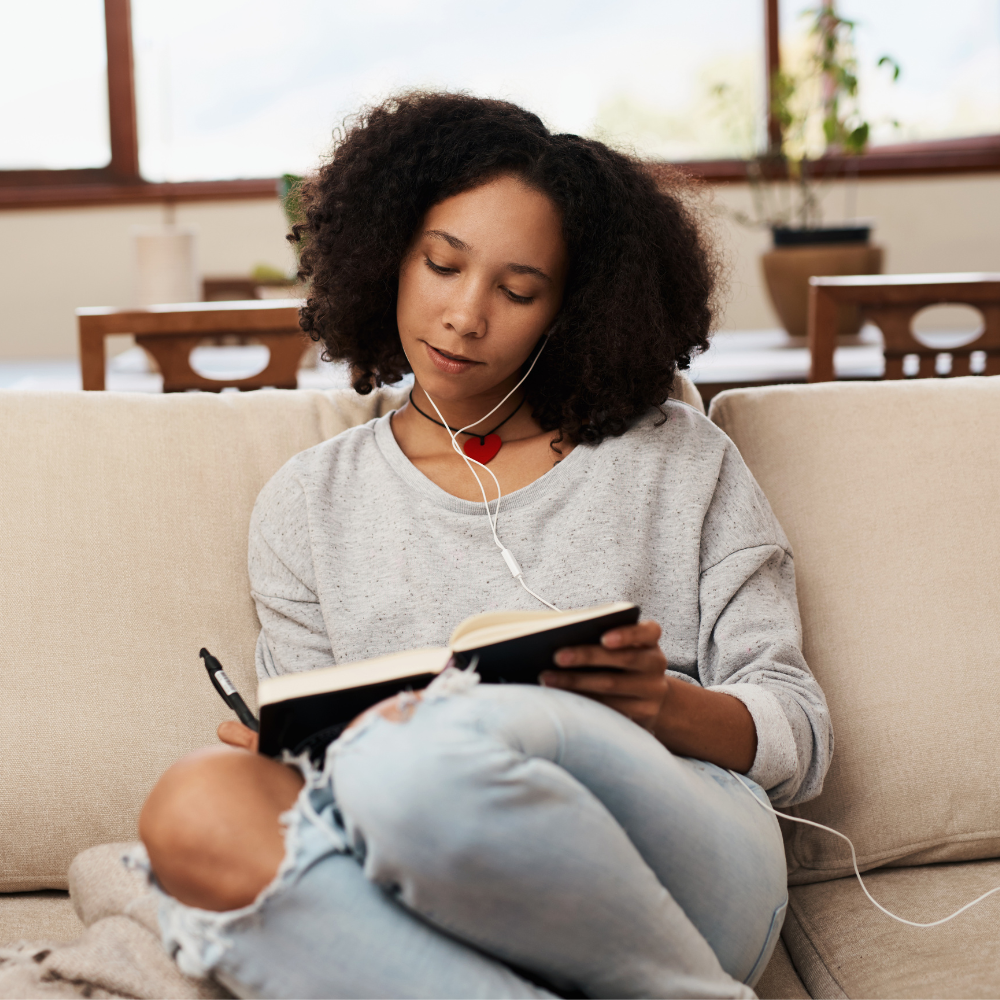
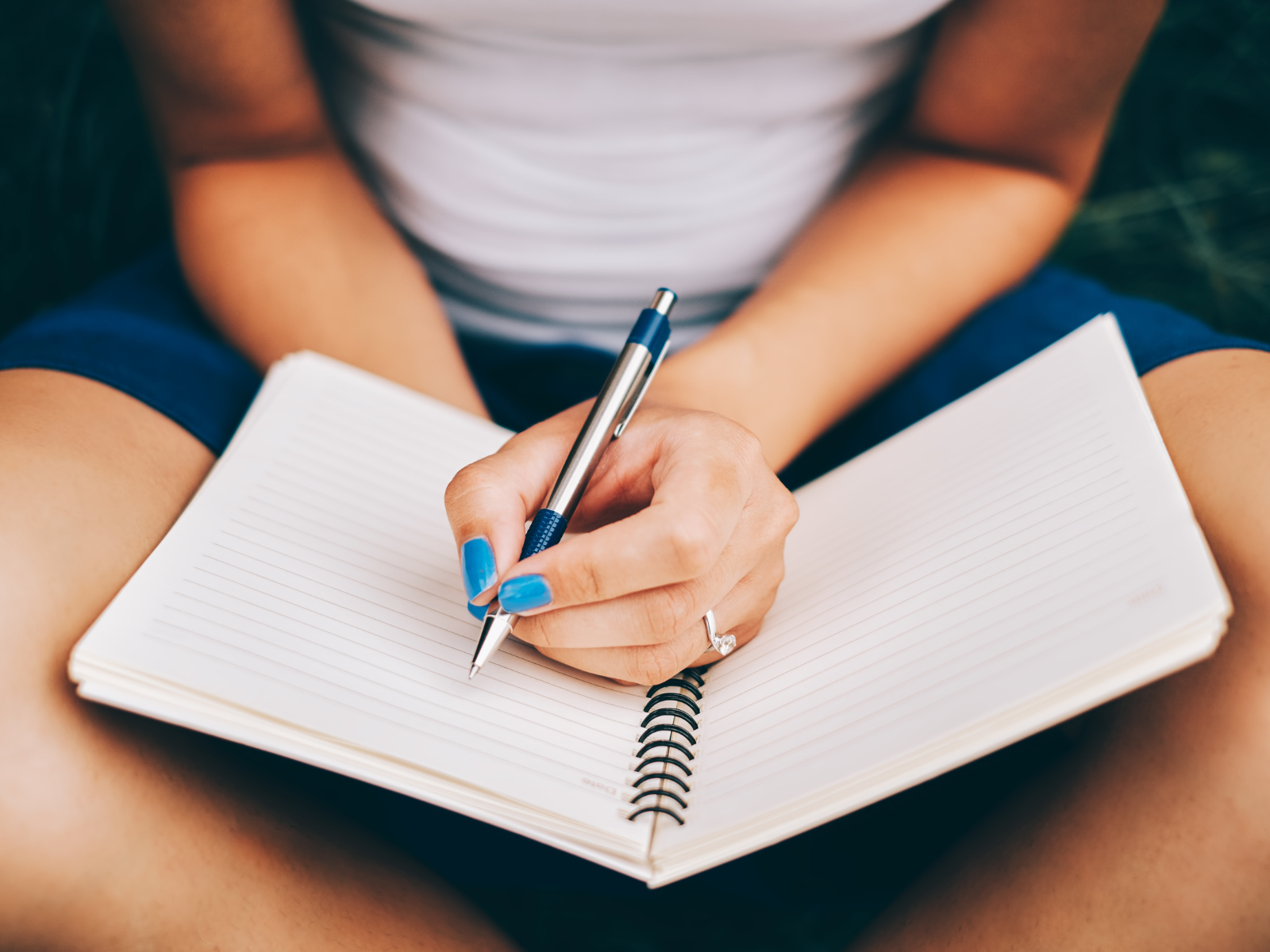
Transformative Power of Art Journaling
Art journaling is a powerful tool for self-expression, personal growth, and mindfulness that offers individuals an outlet to explore their inner world and reflect on their journey.
It's an incredible way to express yourself creatively and keep track of your progress as an artist.
Through the use of color, creativity, and authenticity, art journalers can create visual narratives that serve as mirrors reflecting their personal development over time.
Setting up an art journal is a beautiful practice that allows for a unique blend of artistic exploration and personal expression.
When you choose the right journal, gather your art supplies, and create a conducive workspace, you're well on your way to starting an art journal.
Embrace the blank page with confidence, develop your ideas, and experiment with mixed media to keep your creative juices flowing.
Remember, the fun part of art journaling is the journey itself, not just the destination.
By embracing one's unique creative rhythm, maintaining a regular practice, and trusting in the journey, art journalers can tap into their inner wisdom and cultivate a more authentic and empowered sense of self.
It's time to pick up your pen, brush, or scissors, and let your art journal lead you on an introspective and transformative adventure.
Continue to explore new techniques and materials as you fill your journal with the ever-evolving expression of your artistic voice.
There is no end to the potential of art journaling, as it continues to grow and evolve alongside its creator.
So, go forth, create, and embrace the therapeutic power of self-expression through art!
The journey never truly ends, but rather transforms into a lifelong practice of creative self-discovery and growth!
Happy journaling!
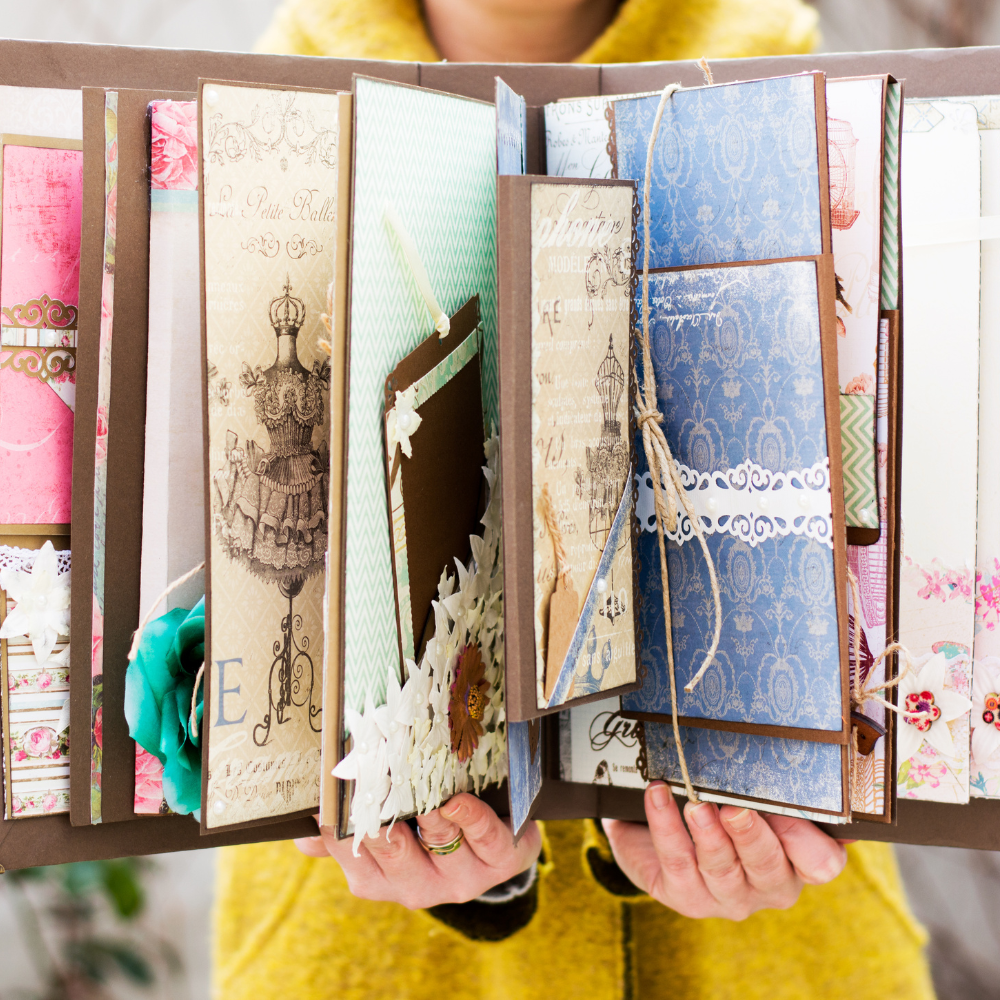
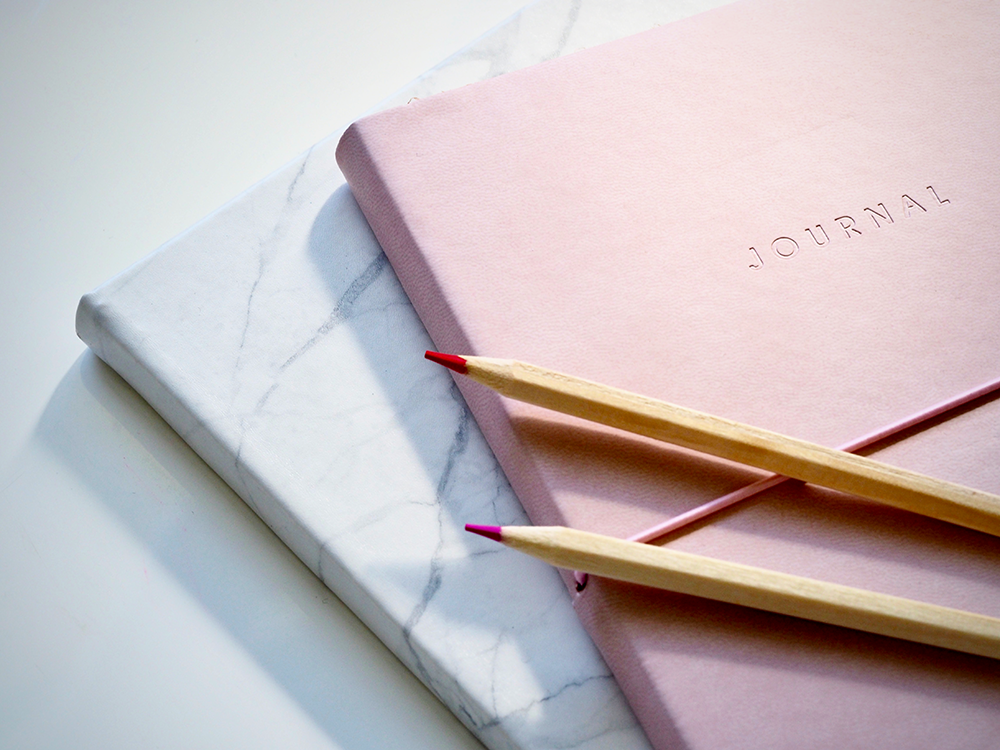
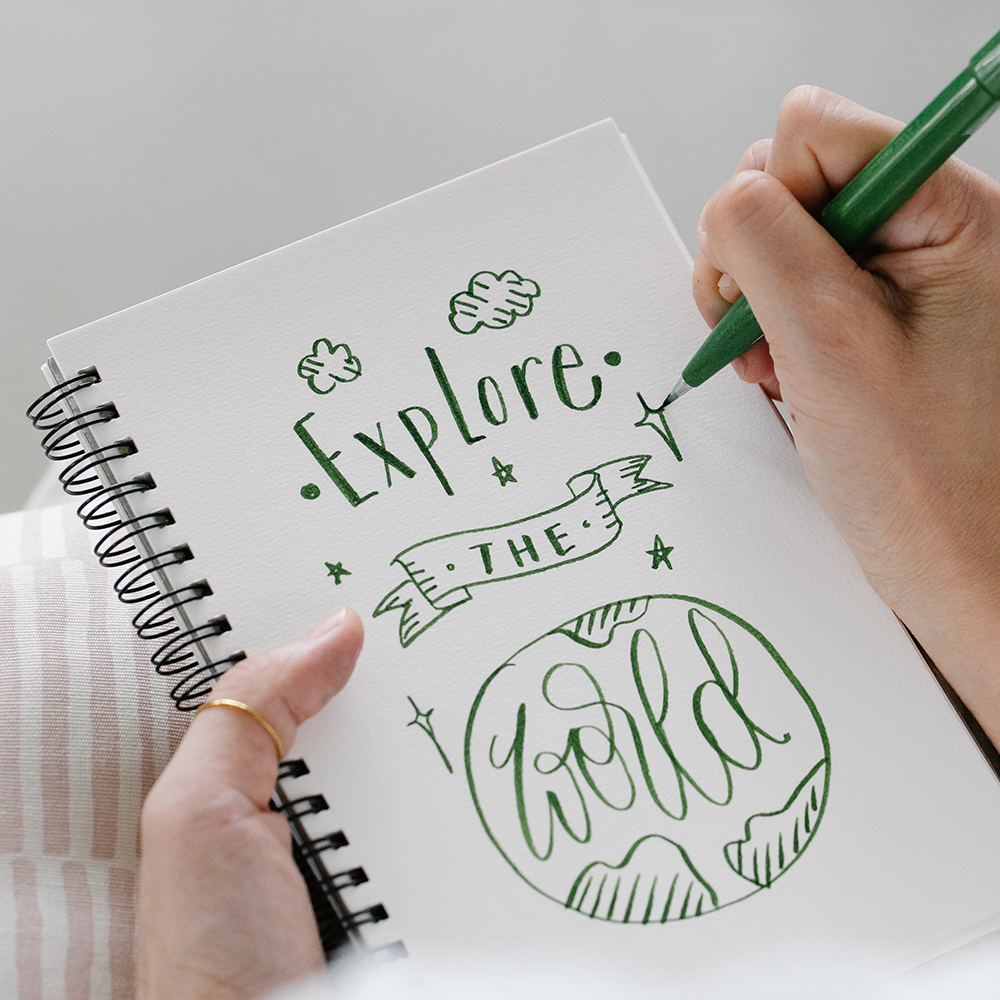
Looking to start your art journal? Check out Jordan Clark's video!
Want even more content about creativity and art?
Be sure to check out all of our creative chronicles!
Eager to learn more about journals and sketchbooks?
Check out some of our other articles:
-What are the rules for art journals?
